You’ll Definitely Be Too Embarrassed to Invite Anyone Over After These Yard Care Mistakes!
18 Sep 2024Does your yard scream "help!" rather than "paradise"? It might be time to uncover the sneaky mistakes sabotaging your outdoor space. From picking the wrong plants to overwatering like there’s no tomorrow, here are 50 pitfalls that turn a dream yard into a DIY disaster. Let's get those green thumbs in gear and transform your backyard blunders into brilliance!
50. Placing Too Many Trash in Your Yard
It might seem convenient to scatter big trash bins around your yard, but come summer, you could be in for an unpleasant surprise. Accumulated trash can start to emit foul odors, attracting pests and even rodents.
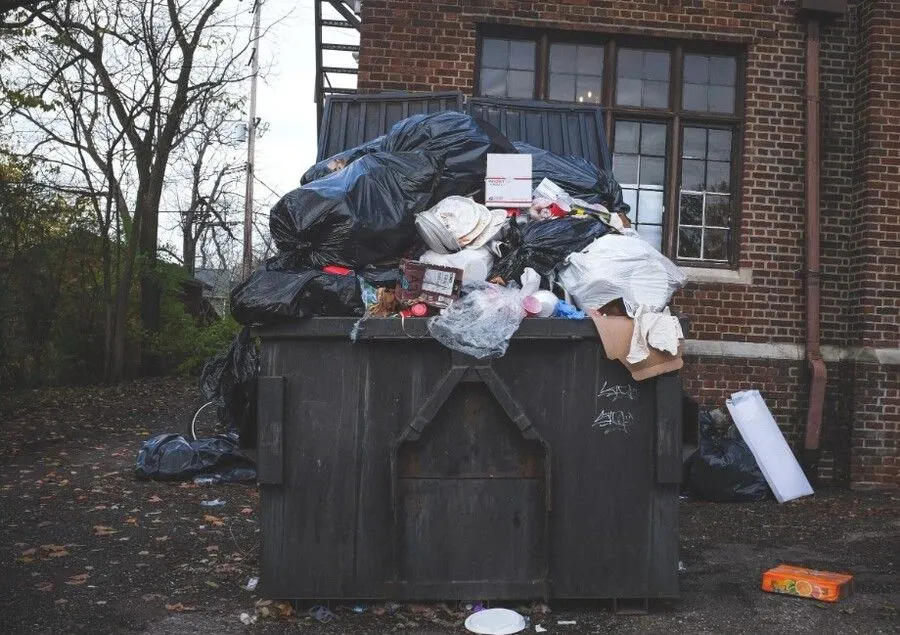 @businesswaste.co.uk
@businesswaste.co.uk
Instead, opt for one or two bins with tightly sealed lids and make sure to empty them regularly. This approach will help keep your yard fresh and free from unwanted smells.
49. Parking Directly on the Lawn
Parking on your lawn might seem like a minor inconvenience, but it can lead to significant problems. Car tires compress the grass and roots, causing bald patches and soil compaction.
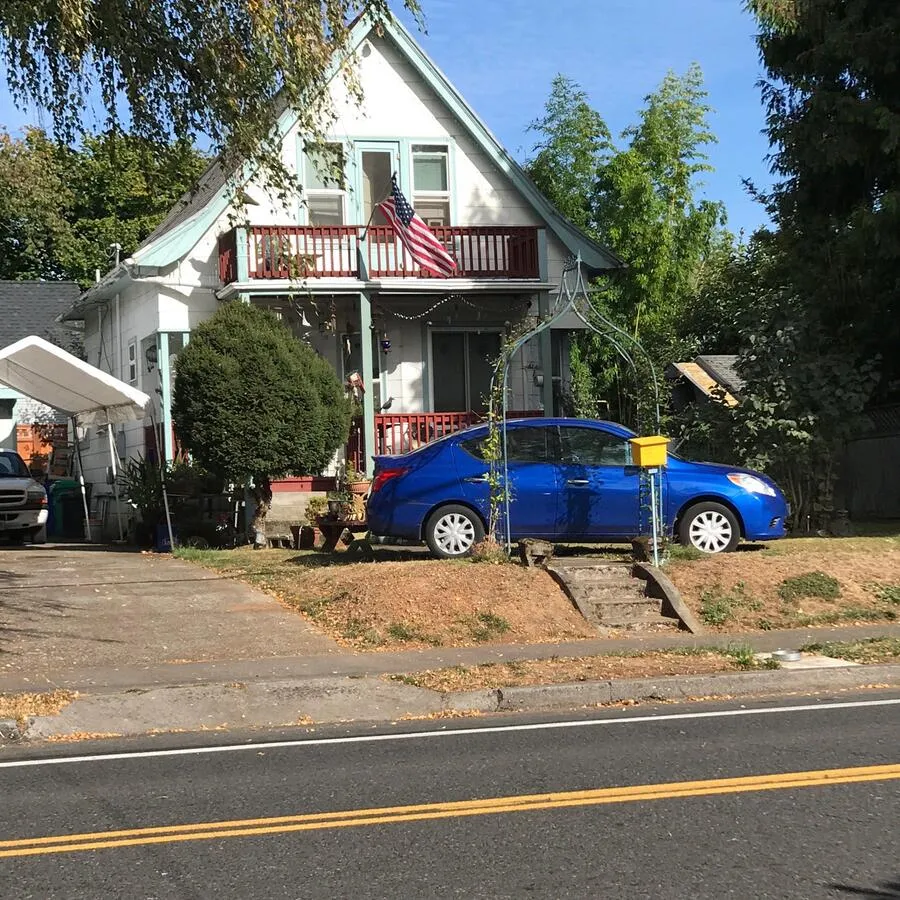 @Thoron_Blaster/reddit.com
@Thoron_Blaster/reddit.com
This not only damages the grass but also makes it more difficult for new growth to occur. Stick to designated parking areas and avoid driving over your lawn to maintain a healthy and green yard.
48. Ignoring Pest Control
Allowing pests to take over your garden can result in a feast of damaged plants. Pests such as aphids, caterpillars, and beetles can quickly ravage your carefully tended garden.
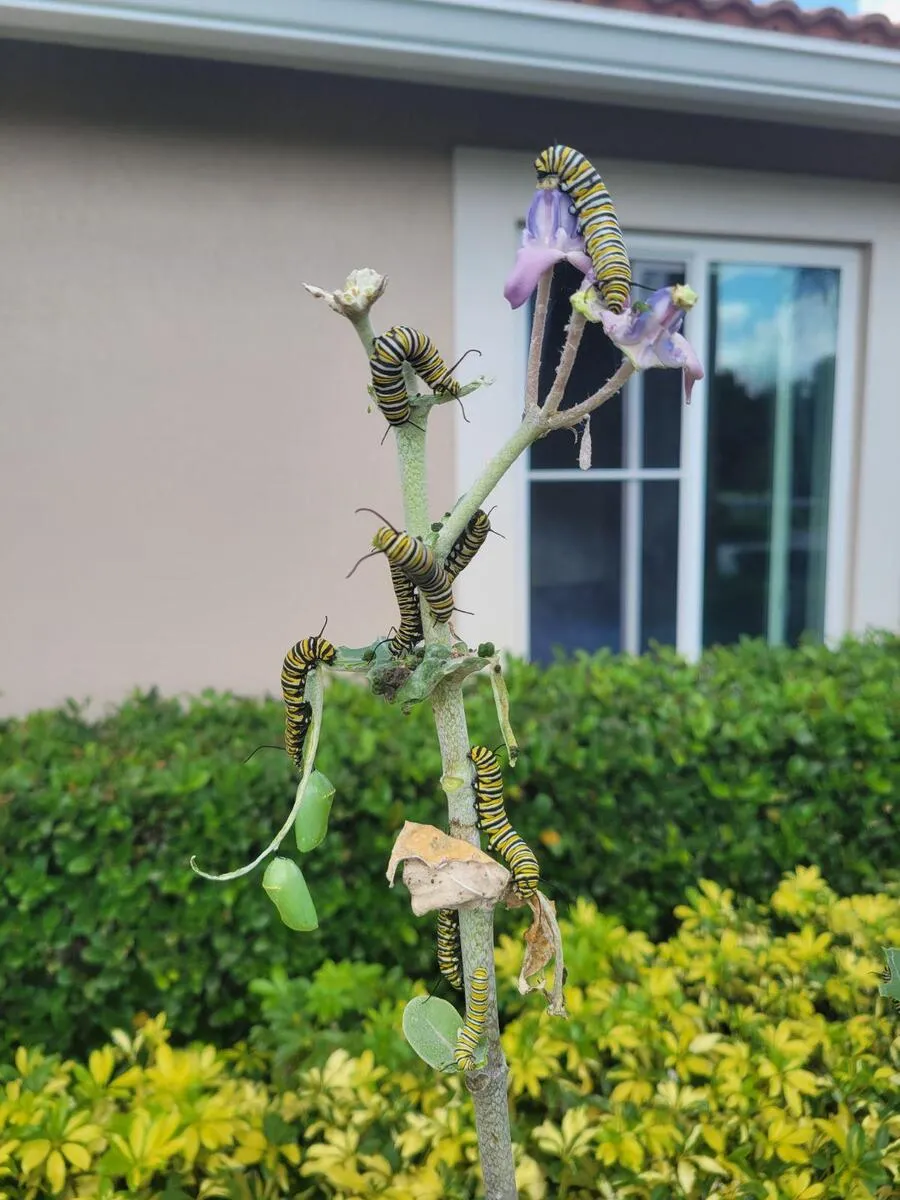 @GetThisManSomeMilk/reddit.com
@GetThisManSomeMilk/reddit.com
Regularly inspect your plants for signs of infestation and act promptly to manage pests before they cause severe damage. Utilize natural pest control methods, like introducing beneficial insects or using organic sprays, to safeguard your plants.
47. Mixing Too Many Styles and Things
While eclectic designs can be appealing, combining too many styles in your yard can create a chaotic and visually confusing space. Mixing various themes, colors, and materials without a cohesive plan can make your outdoor area look disjointed.
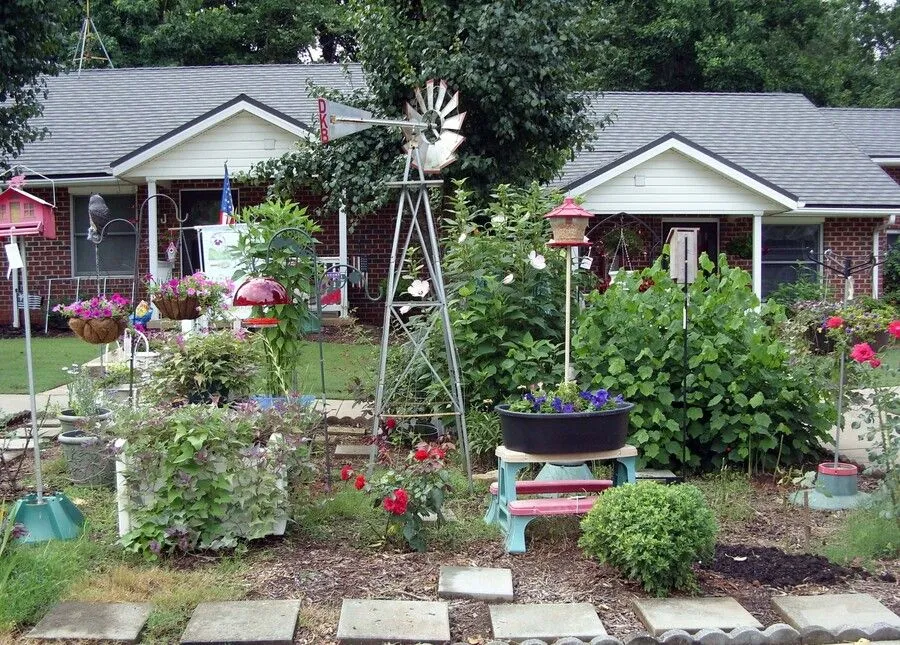 @threequartersandcounting.com
@threequartersandcounting.com
Stick to a consistent design theme or color palette to create a harmonious and attractive garden that feels well-curated.
46. Skipping the Fence? Get Ready for Uninvited Guests
Leaving your yard open is like putting out a “Welcome” sign for neighbors and their pets. Without a fence, you might find yourself dealing with curious dogs digging up your flower beds or kids playing tag through your carefully arranged plants.
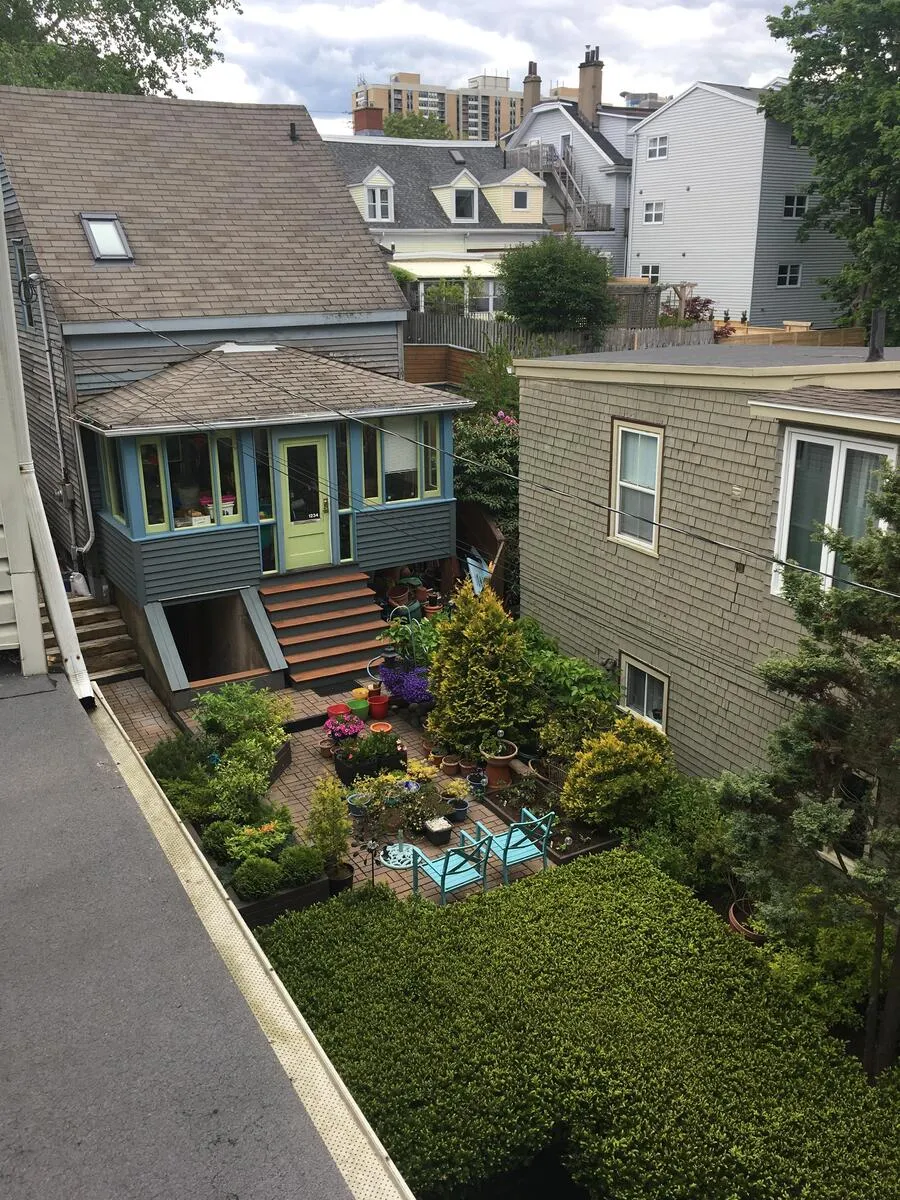 @princesssquid/reddit.com
@princesssquid/reddit.com
A good fence isn’t just about privacy; it’s your garden’s way of saying, “Hands off!” Investing in a solid barrier will keep your space intact and your plants safe from unexpected visitors.
45. Using Cheap Furniture
Going for the budget version of garden furniture might seem like a win but it’s often a recipe for ongoing headaches. Cheap tables and chairs can start looking shabby and falling apart faster.
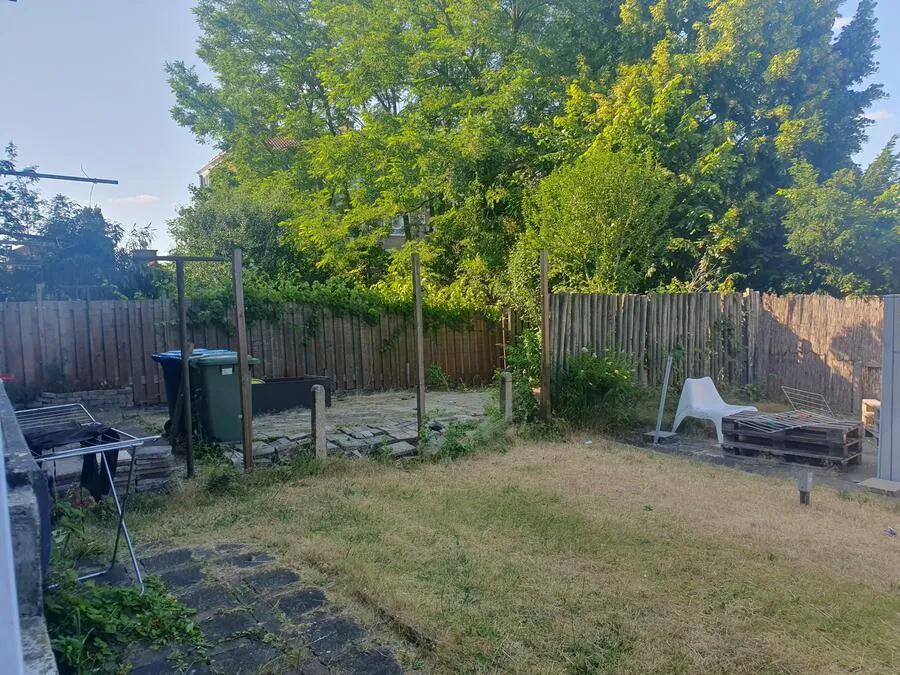 @MerelYael/reddit.com
@MerelYael/reddit.com
You’ll find yourself stuck with constant repairs and a yard that looks like it’s seen better days. Splurging a bit on quality materials might cost more upfront but it’ll save you from the hassle of frequent fixes and keep your garden looking sharp.
44. Not Cleaning Up in Time
Sometimes life gets busy, and your yard turns into a mess of weeds, leaves, and random debris. But leaving things to pile up for too long can turn a minor issue into a full-blown disaster.
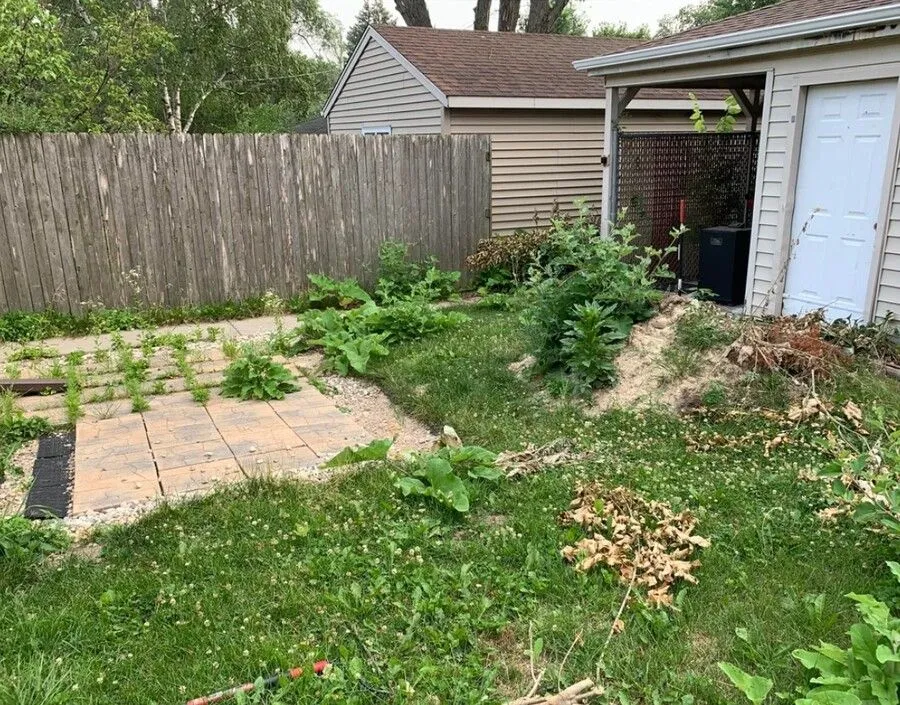 @ihateredditmodzz/reddit.com
@ihateredditmodzz/reddit.com
The longer you wait, the harder it becomes to fix, and the worse it looks. Regular cleanups can save you from the overwhelming task of trying to reclaim your yard later on.
43. Planting Different Types of Grass
Mixing different types of grass might sound like a creative solution but it can lead to a patchwork of textures, colors, and growth rates.
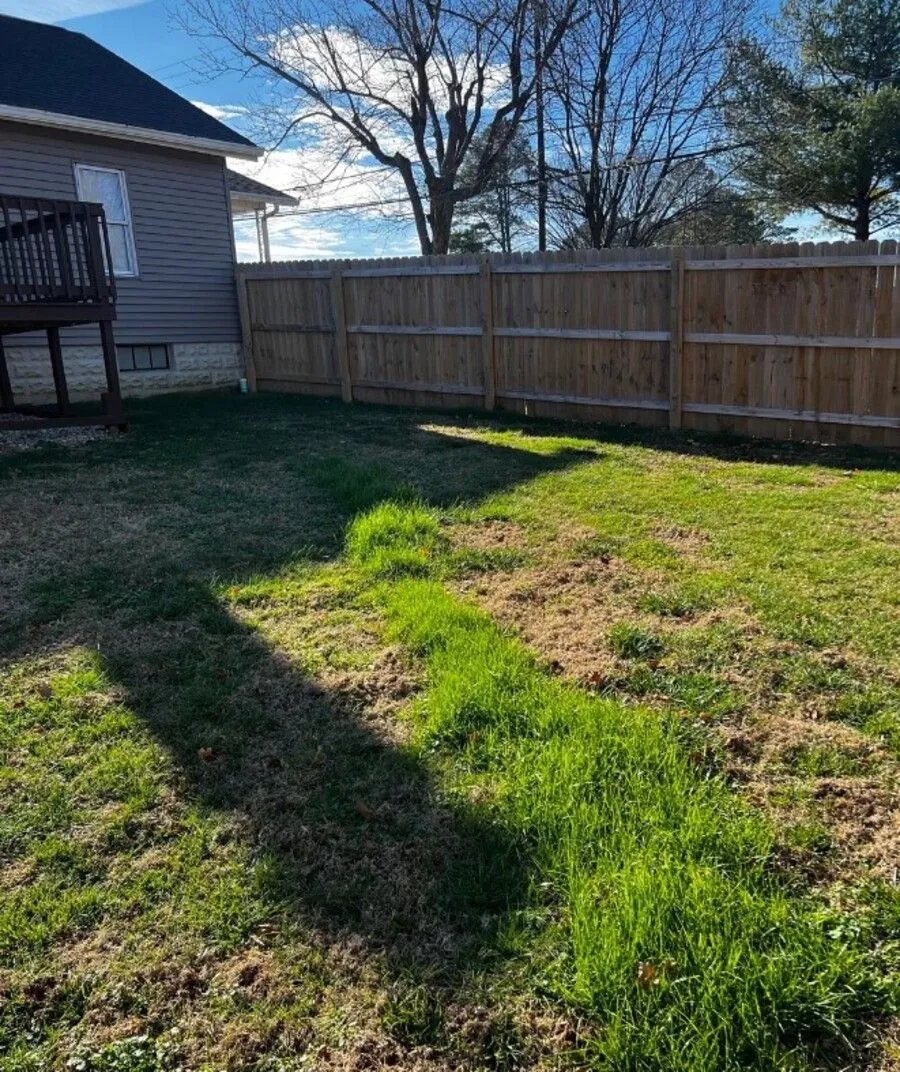 @gsquarles/reddit.com
@gsquarles/reddit.com
As one frustrated Reddit user discovered, planting two different grass types can mean constant maintenance and a lawn that never looks cohesive. Stick with one variety that’s suited to your climate and soil for a uniform, healthy-looking yard.
42. Turning Your Yard into a Storage Lot
It’s easy to let old furniture, broken planters, and unused gardening tools pile up in your yard but soon enough, it’ll start looking like a scene from a yard sale gone wrong.
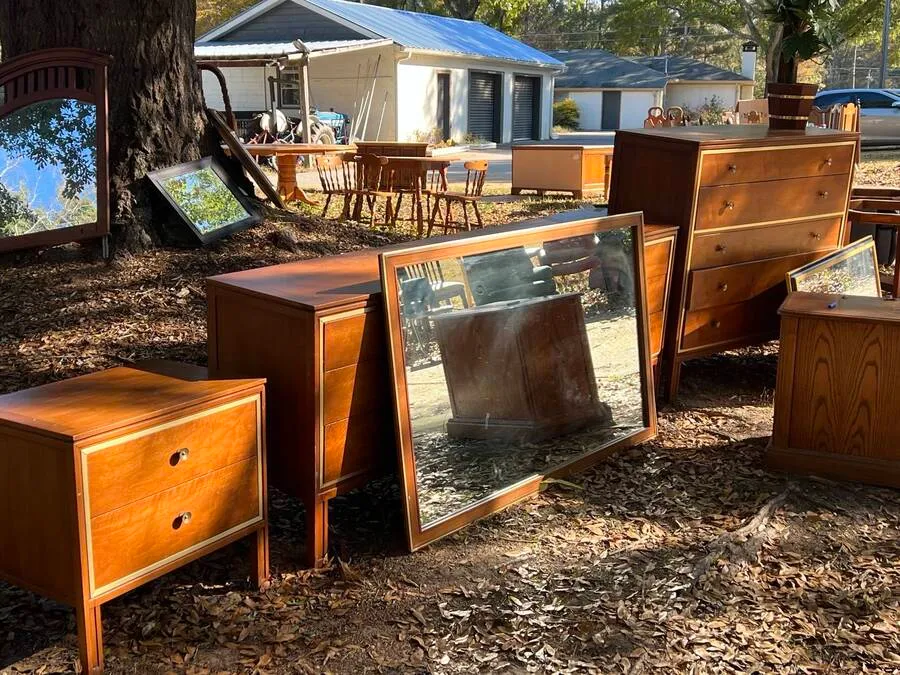 @Yondu_the_Ravager/reddit.com
@Yondu_the_Ravager/reddit.com
Resist the urge to use your outdoor space as a storage zone—declutter regularly and give your yard room to breathe.
41. Making Ugly DIY Accessories to Save Money
We all love a good DIY project but sometimes, in an effort to save cash, you can end up with homemade yard accessories that look more like a Pinterest fail than a design win.
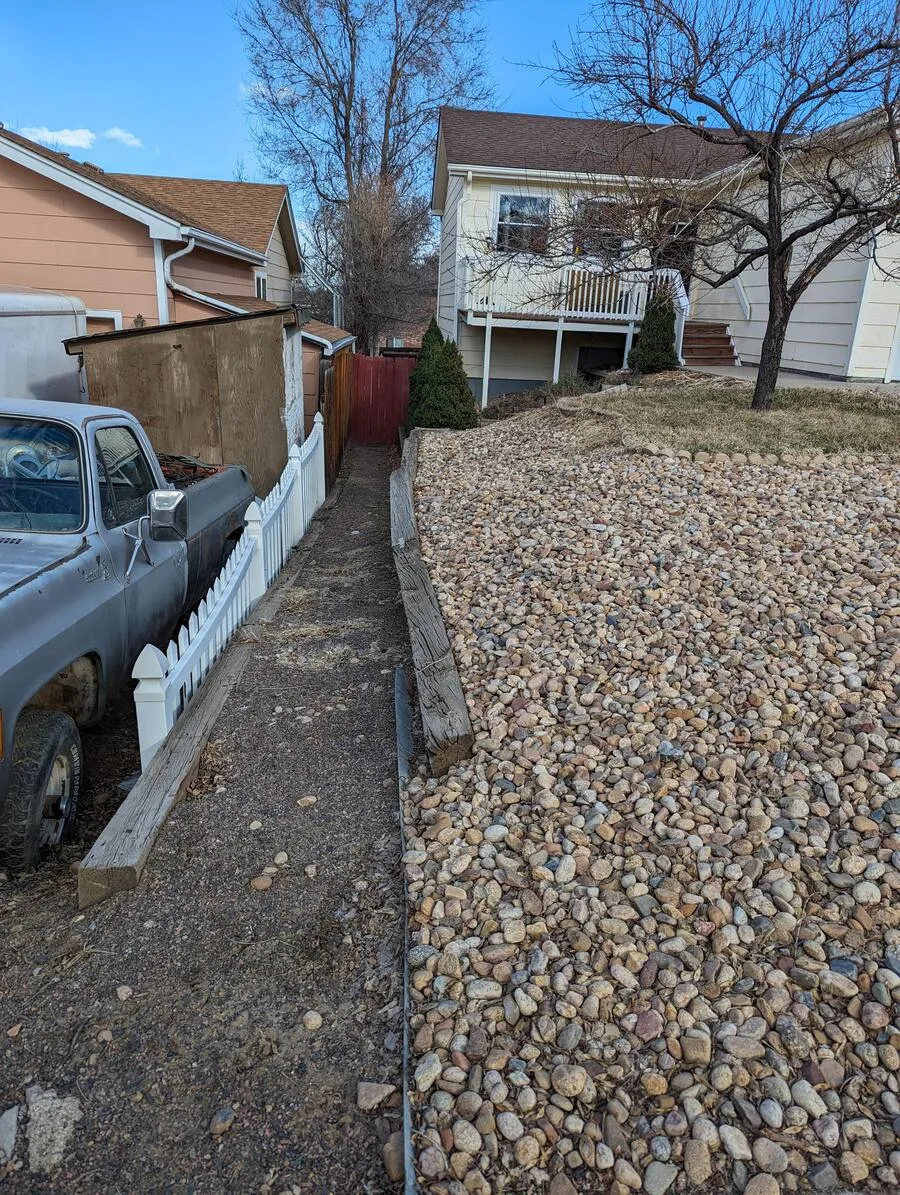 @cindywoohoo/reddit.com
@cindywoohoo/reddit.com
Unattractive, poorly made items can drag down the overall look of your yard, no matter how beautiful your plants or landscaping may be.
40. Skipping the Basics
Regular yard upkeep might not be glamorous but it’s crucial for a well-kept outdoor space. If you slack on mowing, your lawn can quickly transform into an untamed wilderness. And while pulling weeds may feel like a thankless task, it’s essential to prevent your plants from being overrun. Trimming trees and bushes? That’s like giving your yard a sharp new look.
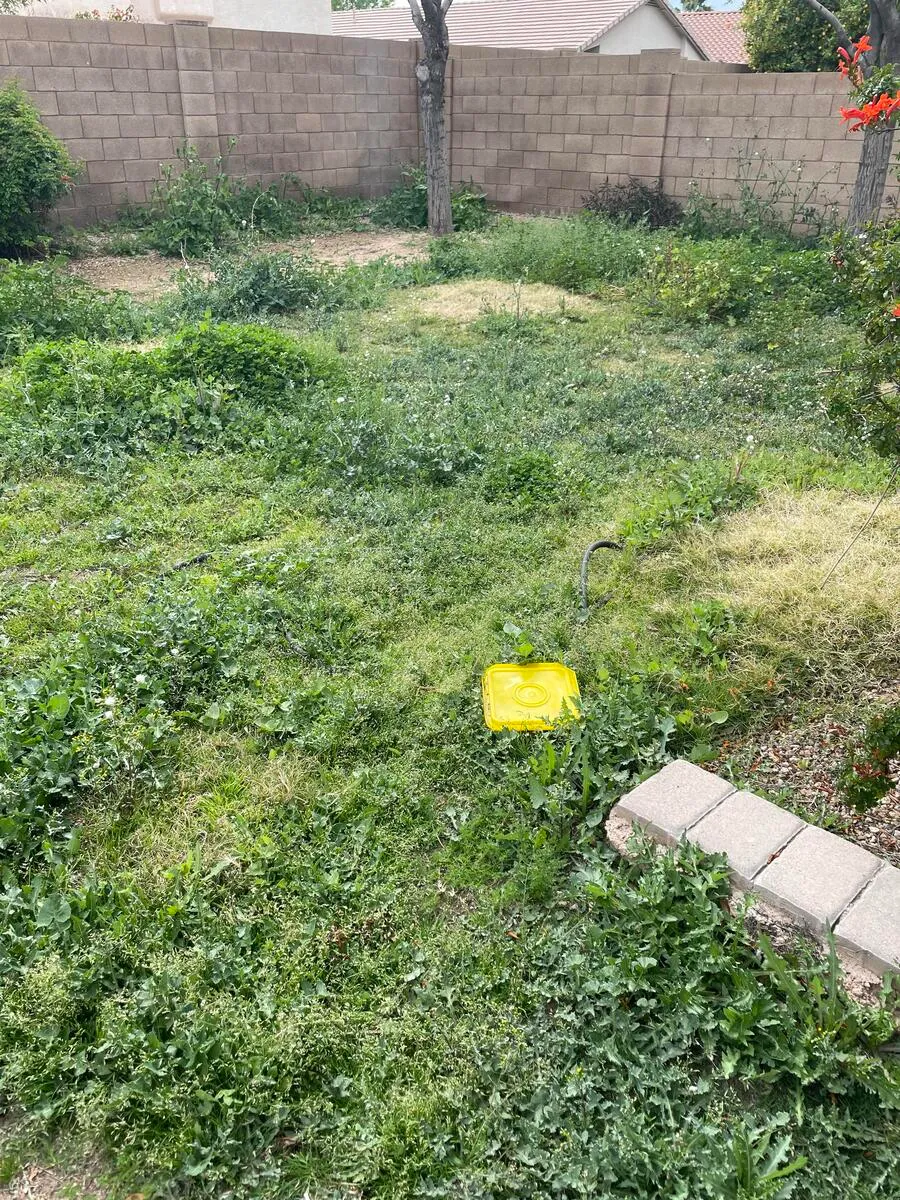 @SouLamPersonal/reddit.com
@SouLamPersonal/reddit.com
Fertilizing might sound like extra work but think of it as giving your plants a little boost. Proper nutrition keeps them growing strong and healthy. Ignore these simple tasks, and your yard will soon look more abandoned than cherished.
39. Planting the Wrong Species for Your Region
Not all plants are cut out for your local environment. Attempting to grow tropical plants in a cold climate is a recipe for disaster. When you choose species that don’t match your area’s conditions, such as temperature and soil, you’re setting yourself up for frustration.
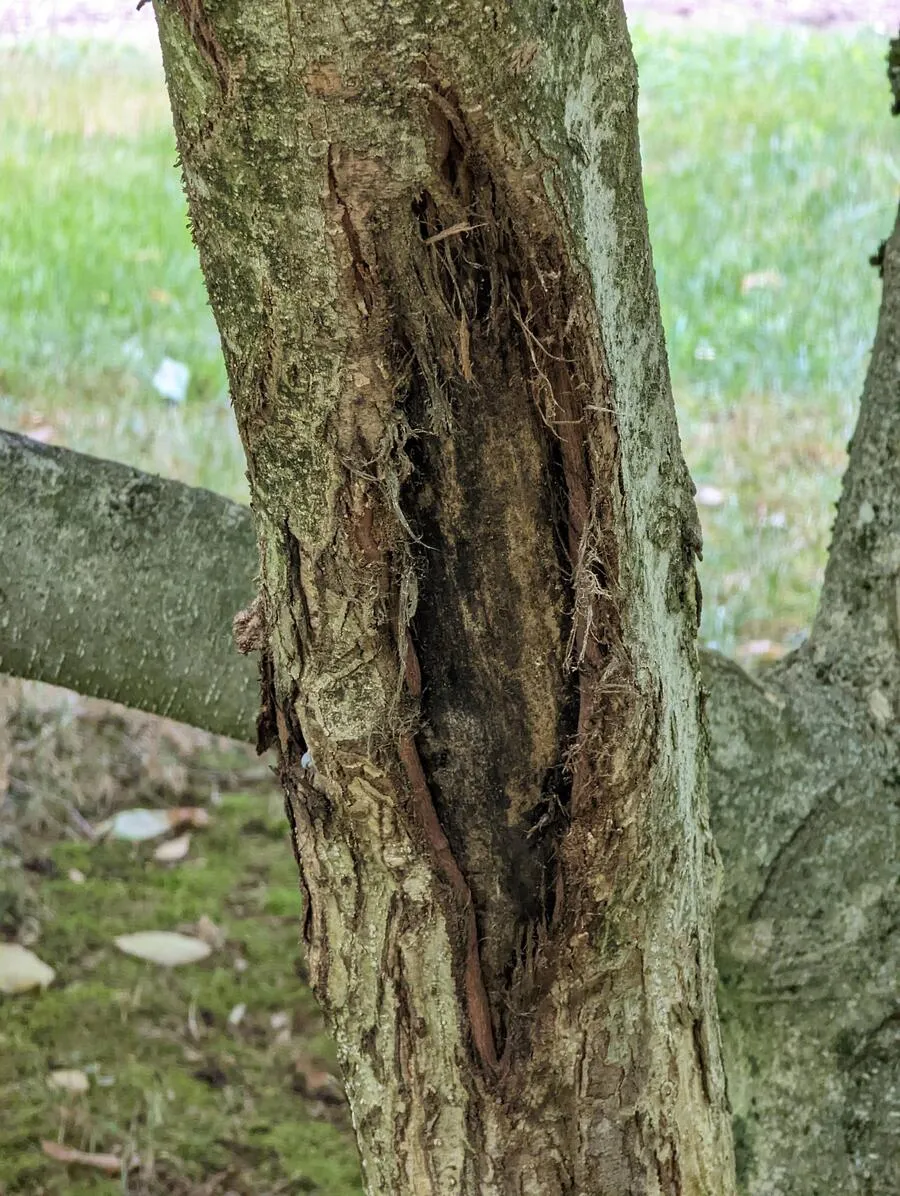 @ ksoops/reddit.com
@ ksoops/reddit.com
Native plants, however, are perfectly adapted to your climate. They need less water and fertilizer, and they naturally support local wildlife, from bees to birds. Choosing plants that are in sync with your region’s ecosystem leads to a thriving, low-maintenance garden. Ignoring climate compatibility means you'll be constantly trying to save unhappy plants. Instead of enjoying your garden, you’ll spend all your time watering, shielding, and caring for struggling greenery.
38. Letting Water Take Over
Water management is key to a healthy yard. Without proper drainage, rain can pool in your garden, turning it into a swampy mess. Plants can drown, muddy patches form, and the overall health of your landscape takes a hit.
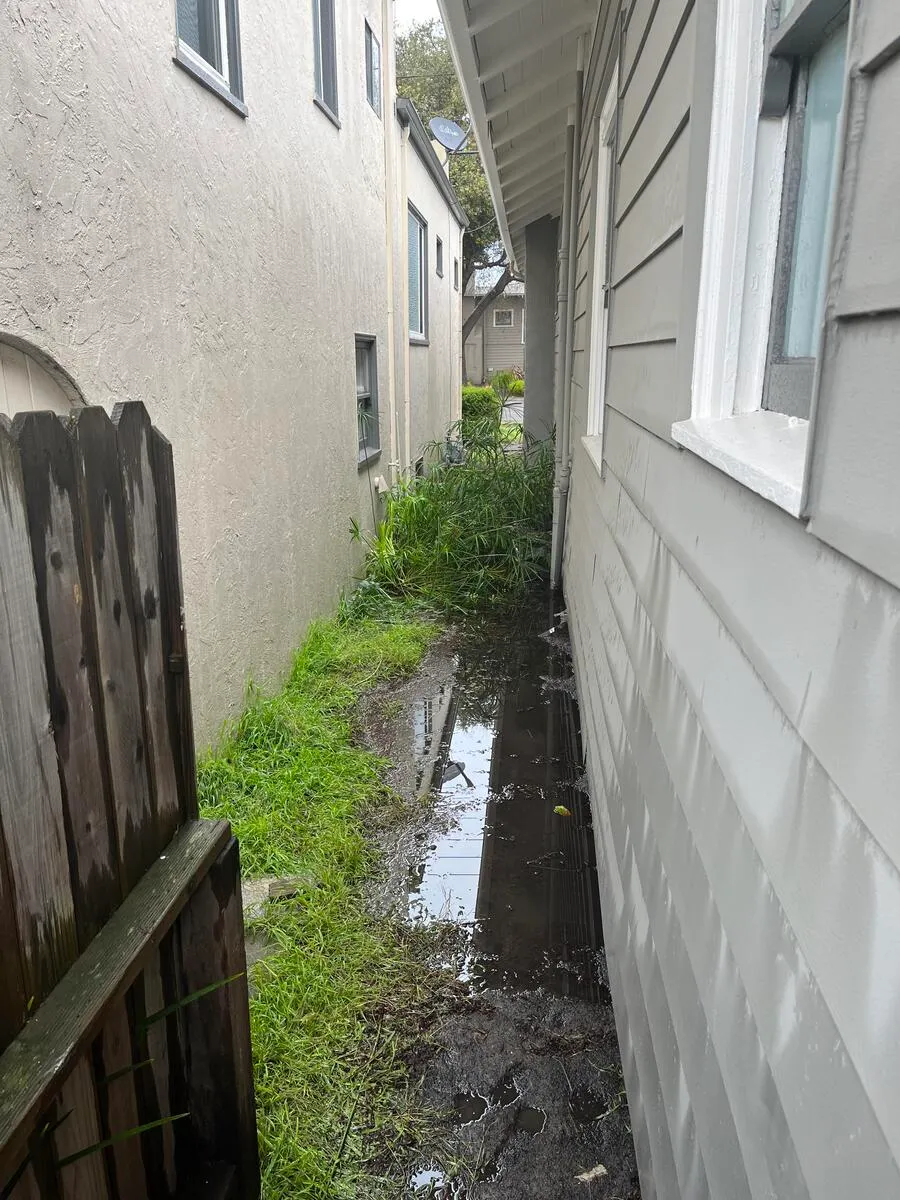 @landscaping/reddit.com
@landscaping/reddit.com
Strategically designed drainage systems, such as French drains or dry wells, ensure water is directed where it’s needed, while excess moisture is whisked away. Sloping the ground, using permeable materials, and planning ahead will prevent waterlogged disasters.
37. Overloading Mulch
Mulch is a gardener’s secret weapon—it retains moisture, keeps weeds at bay, and improves soil quality. But too much mulch can backfire. Piling it on thick can suffocate your plants, trap excess moisture, and create the perfect breeding ground for pests and fungus.
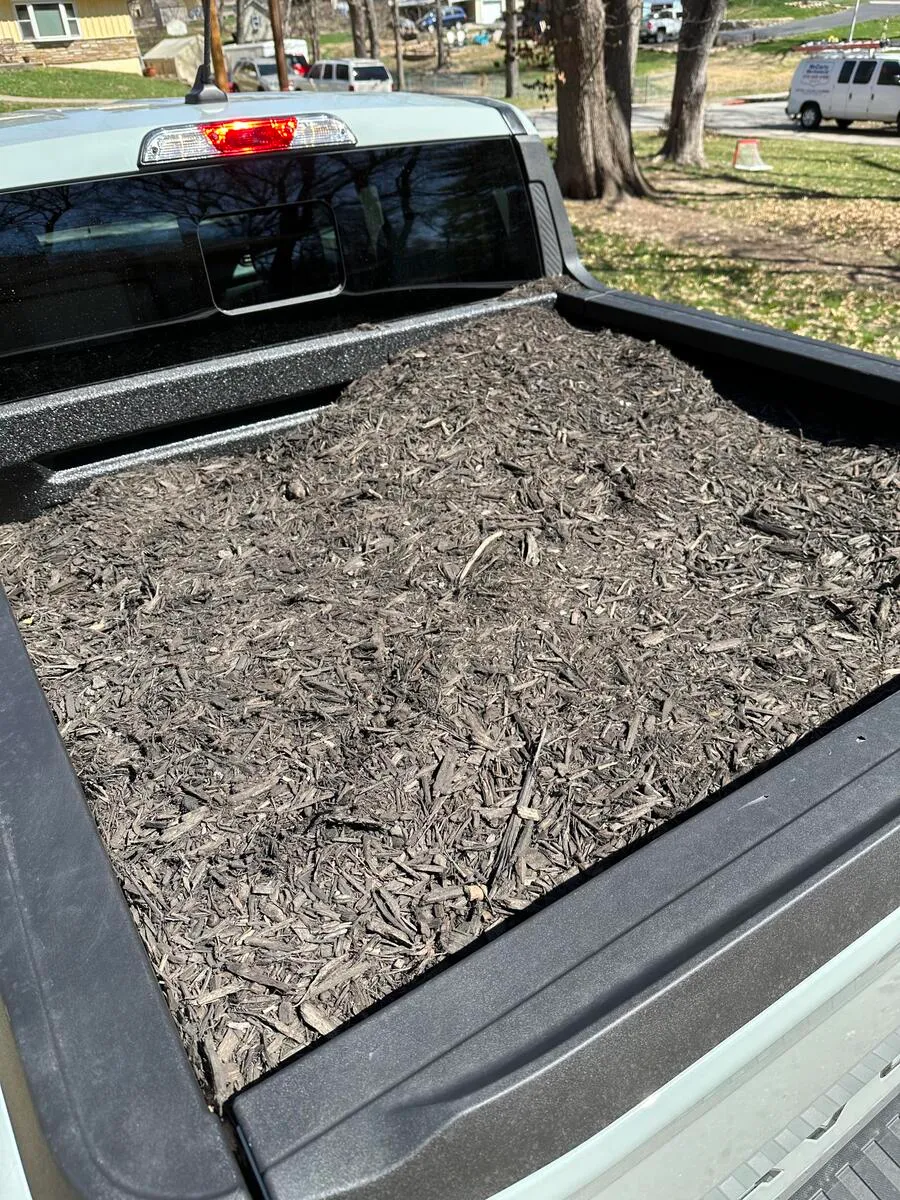 @Normal_Pomegranate19/reddit.com
@Normal_Pomegranate19/reddit.com
The key is moderation. A layer of two to three inches is plenty to protect your plants without overwhelming them. When mulch turns into a thick, suffocating blanket, it stifles airflow and can damage the roots. Think of mulch as a warm coat for your plants—snug but not smothering. Finding the right balance is critical for a healthy, thriving garden.
36. Misjudging Light Exposure
Not all plants thrive under the same light conditions, so planting without considering sunlight needs is a recipe for disappointment. Sun-loving plants will struggle in a shady spot, while shade-preferring varieties will wither under intense rays.
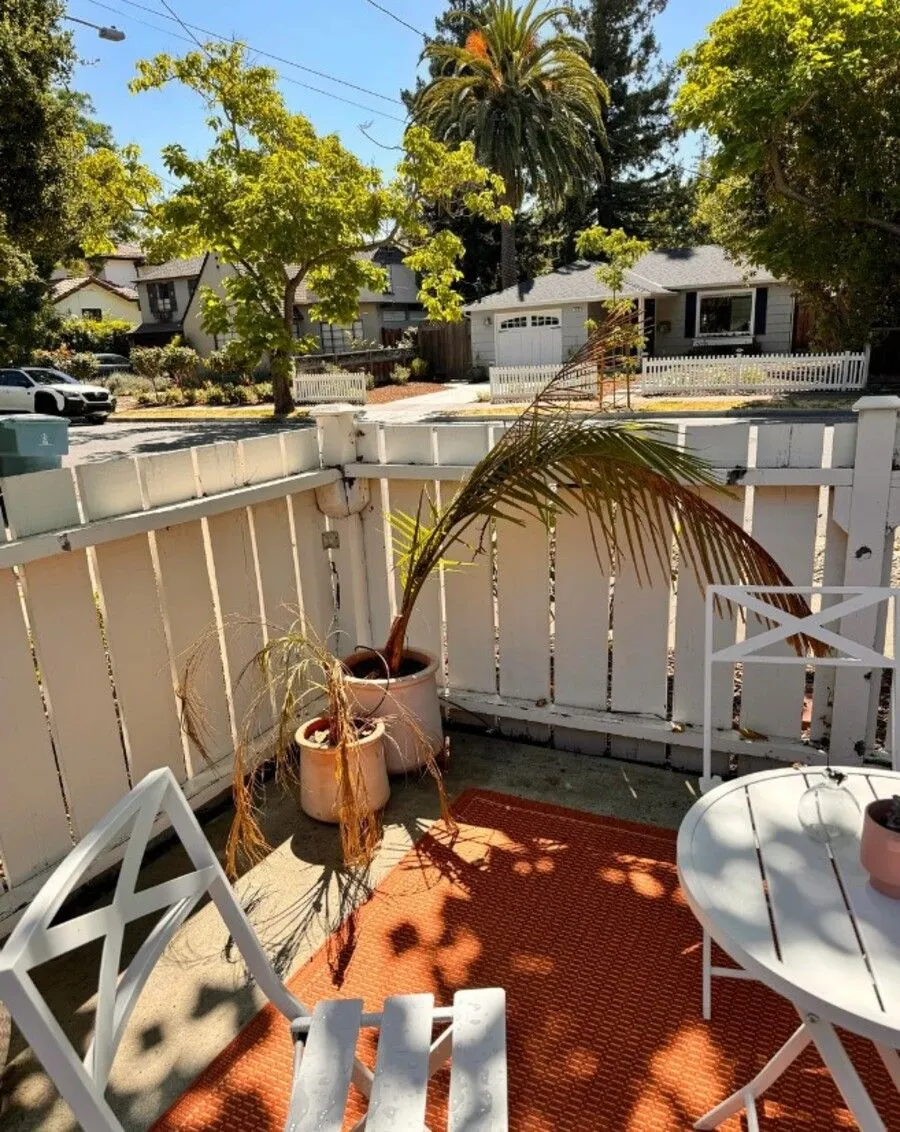 @realwisam/reddit.com
@realwisam/reddit.com
Getting to know your yard’s light patterns is key. Observe where the sun hits throughout the day and match your plants to the right spots. This will result in a garden where everything flourishes in its ideal environment.
35. Cramming Plants Together
Crowding plants too close together may seem efficient but it’s a fast track to failure. Overcrowded plants have to compete for water, nutrients, and sunlight, which weakens them all. Plus, tight spacing reduces airflow, which can lead to mold, mildew, and pests.
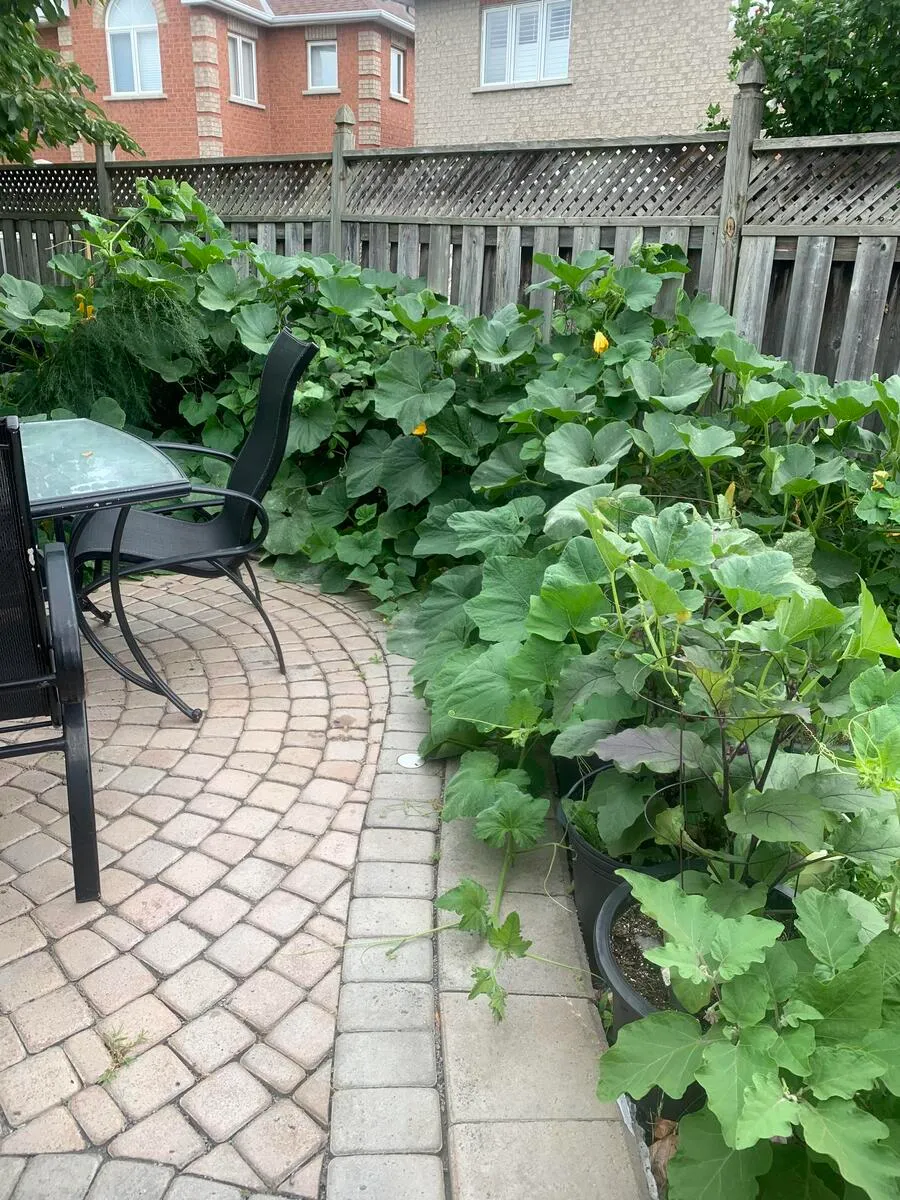 @gardening/reddit.com
@gardening/reddit.com
Giving your plants the space they need to grow allows them to reach their full potential. Proper spacing also makes maintenance easier, letting you weed, prune, and care for your garden without hassle.
34. Inviting Invasive Plants into Your Yard
Invasive species are like unruly guests who overstay their welcome. They spread aggressively, taking over your garden and choking out native plants. Once they take hold, they’re hard to get rid of, causing long-term damage to your landscape.
 @imgur.com
@imgur.com
These invasive plants typically have no natural predators, so they spread unchecked, monopolizing resources. This doesn’t just harm your yard but also disrupts the local ecosystem.
33. Neglecting the Importance of Healthy Soil
Healthy soil is the foundation of any successful garden. Poor soil can stunt growth, reduce plant resilience, and invite disease. Yet many people overlook the importance of improving soil quality.
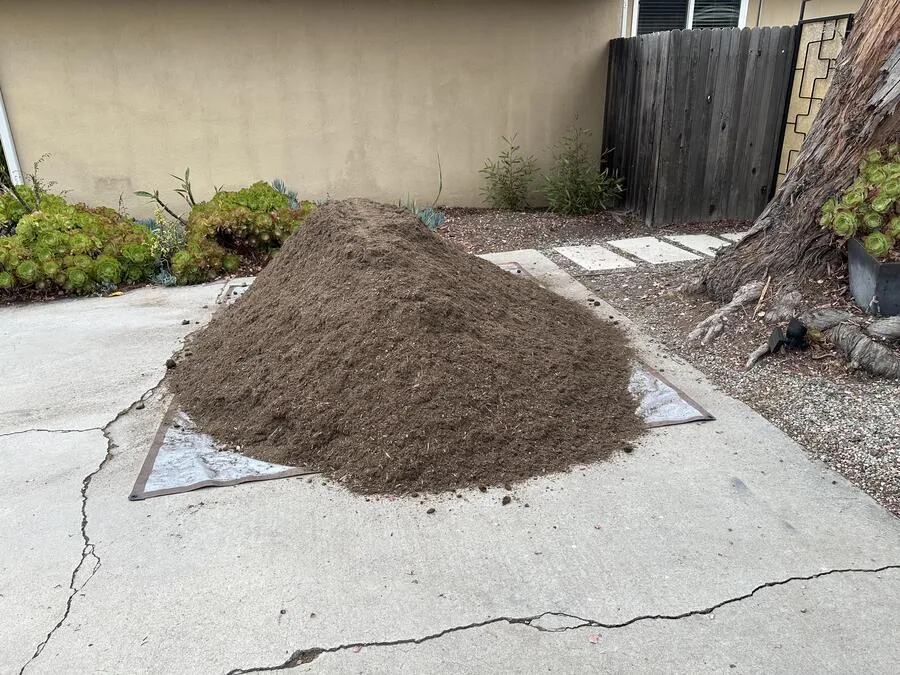 @davidgoldstein2023/reddit.com
@davidgoldstein2023/reddit.com
Adding compost, adjusting pH levels, and preventing soil compaction are just a few ways to promote healthier plants. Regular soil testing can help you address deficiencies before they become major problems.
32. Inconsistent Watering
Watering isn’t just about turning on the hose when you remember. It’s about finding the right balance to keep your plants healthy and hydrated. Too much water drowns roots, while too little leaves them parched and wilting.
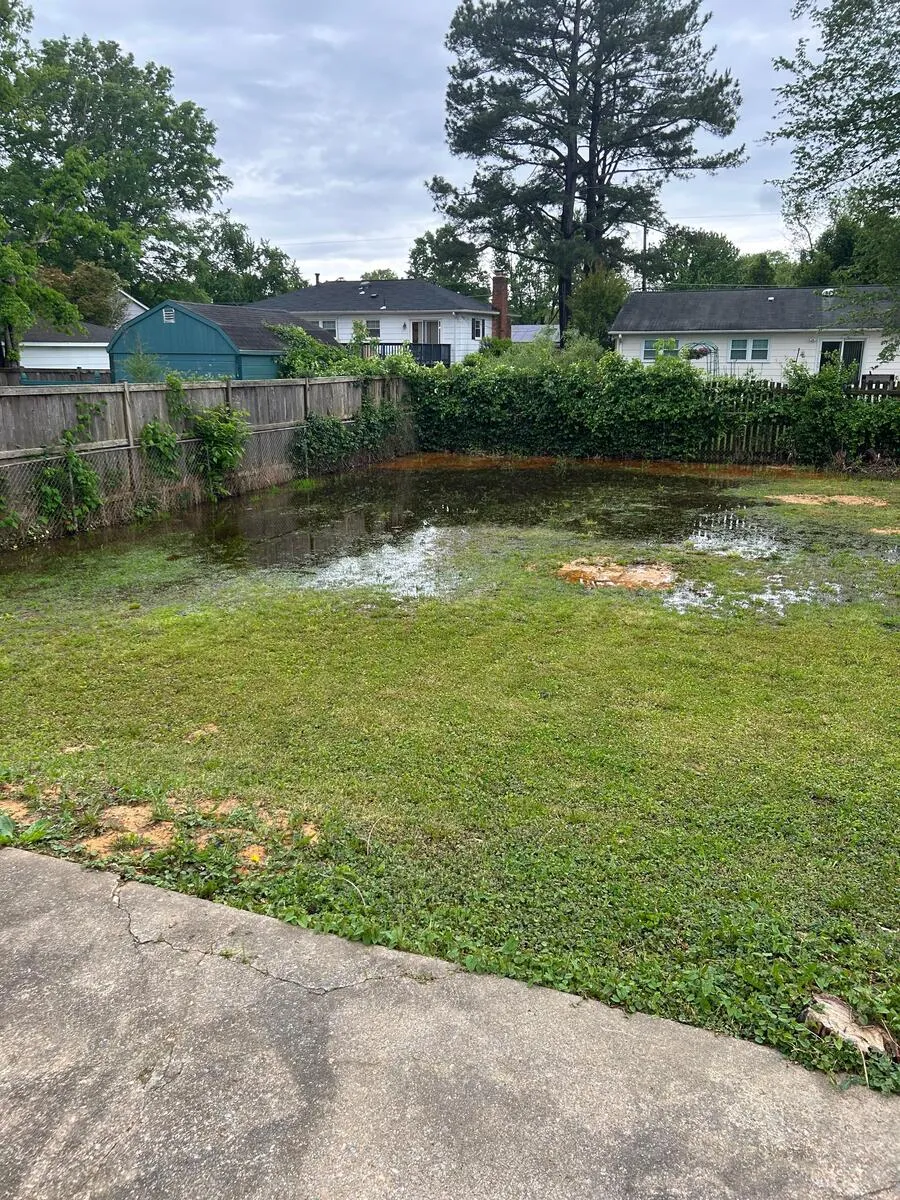 @HumbleBrain17/reddit.com
@HumbleBrain17/reddit.com
Setting up a consistent watering schedule and paying attention to each plant’s specific needs will help your garden thrive. Early morning watering reduces evaporation, ensuring plants absorb the moisture they need before the sun heats up.
31. Choosing Cookie-Cutter Landscaping Designs
A one-size-fits-all landscape design can leave your yard feeling generic and uninspired. Failing to tailor the layout to your yard’s specific characteristics—its size, soil type, and sun exposure—means you’re missing out on its full potential.
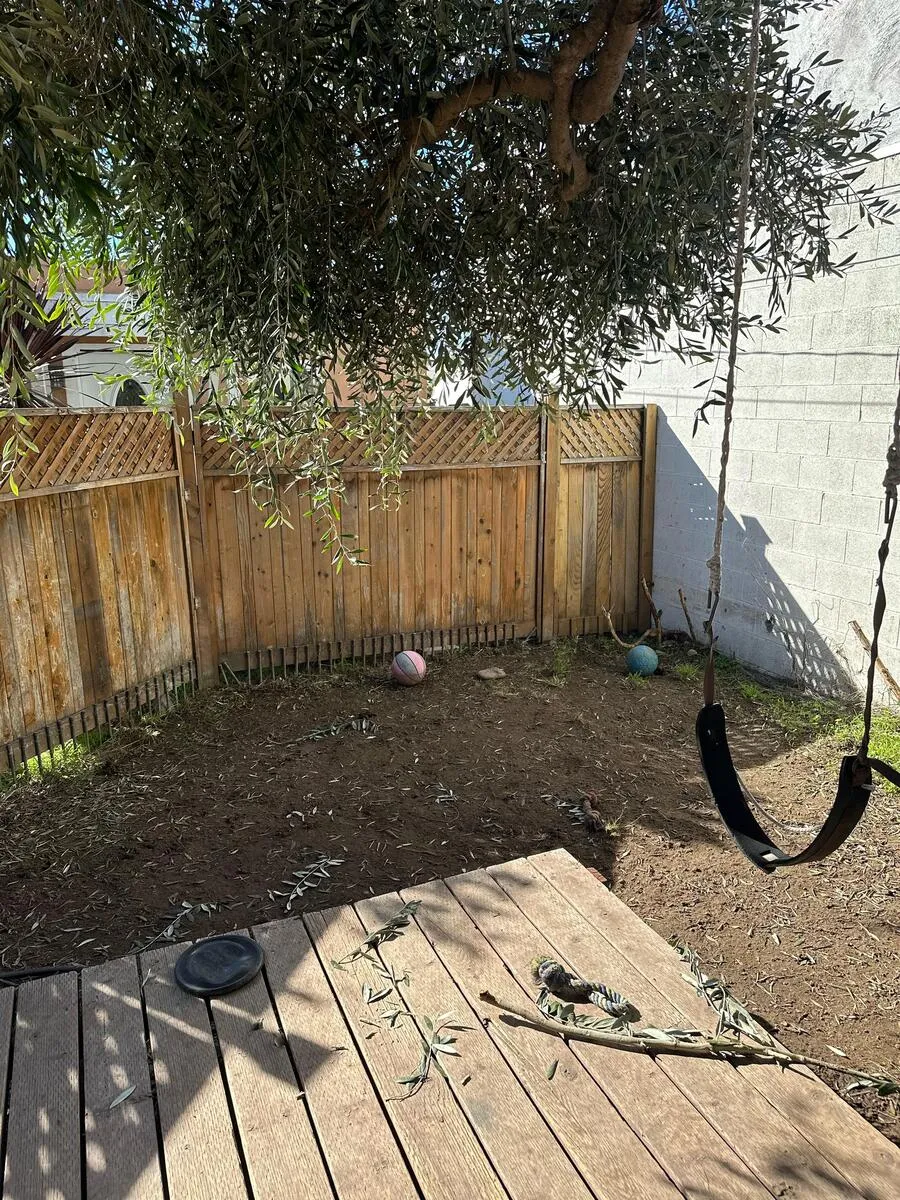 @ JayAr-not-Jr/reddit.com
@ JayAr-not-Jr/reddit.com
By designing a landscape that embraces your yard’s natural features, you can create a more cohesive, beautiful space. Think beyond the basics: incorporate focal points, consider existing vegetation, and use natural contours to create a dynamic, engaging layout.
30. Overlooking Safety Features
Safety in your yard design shouldn’t be an afterthought—it's essential. Imagine setting up a grand stage but forgetting the safety nets; that’s what it’s like to neglect safety features in your outdoor space. Poorly lit pathways, slippery surfaces, and uneven steps can turn your garden into an accident waiting to happen, especially after dark or during bad weather.
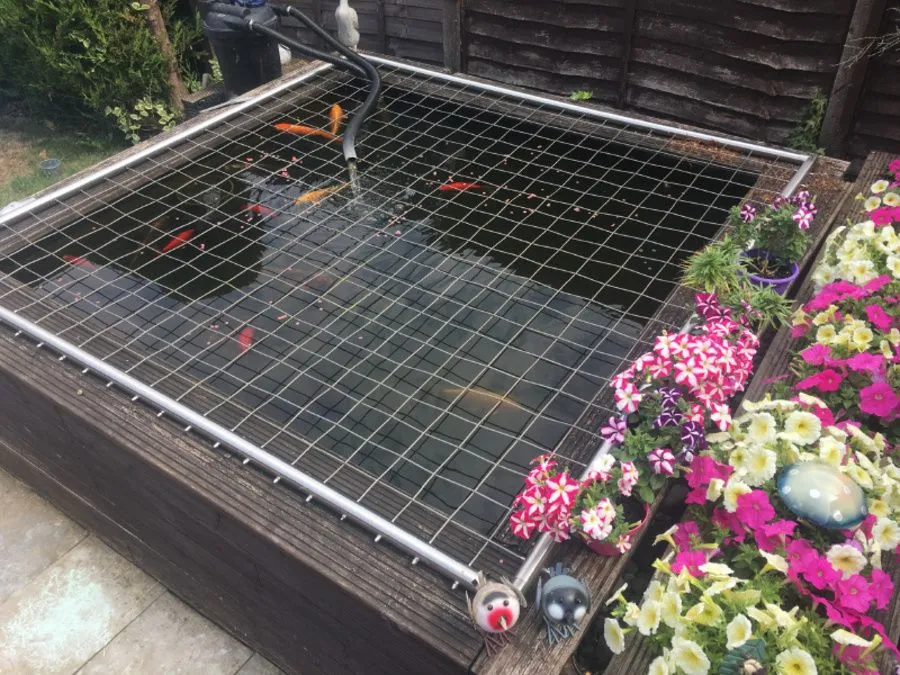 @expresswirerope.com
@expresswirerope.com
To enhance safety, integrate features like adequate lighting, slip-resistant surfaces, and well-defined paths. Think about the needs of everyone who will use the space, including children, elderly family members, and pets. Secure fencing, handrails, and non-toxic plants further contribute to a safer environment.
29. Inefficient Irrigation Systems
An inefficient irrigation system is akin to a leaky faucet—wasting resources and failing to deliver water where it’s needed most. Outdated or poorly designed systems often result in uneven watering, leading to overwatered areas and dry patches. This not only stresses your plants but can also inflate your water bills.
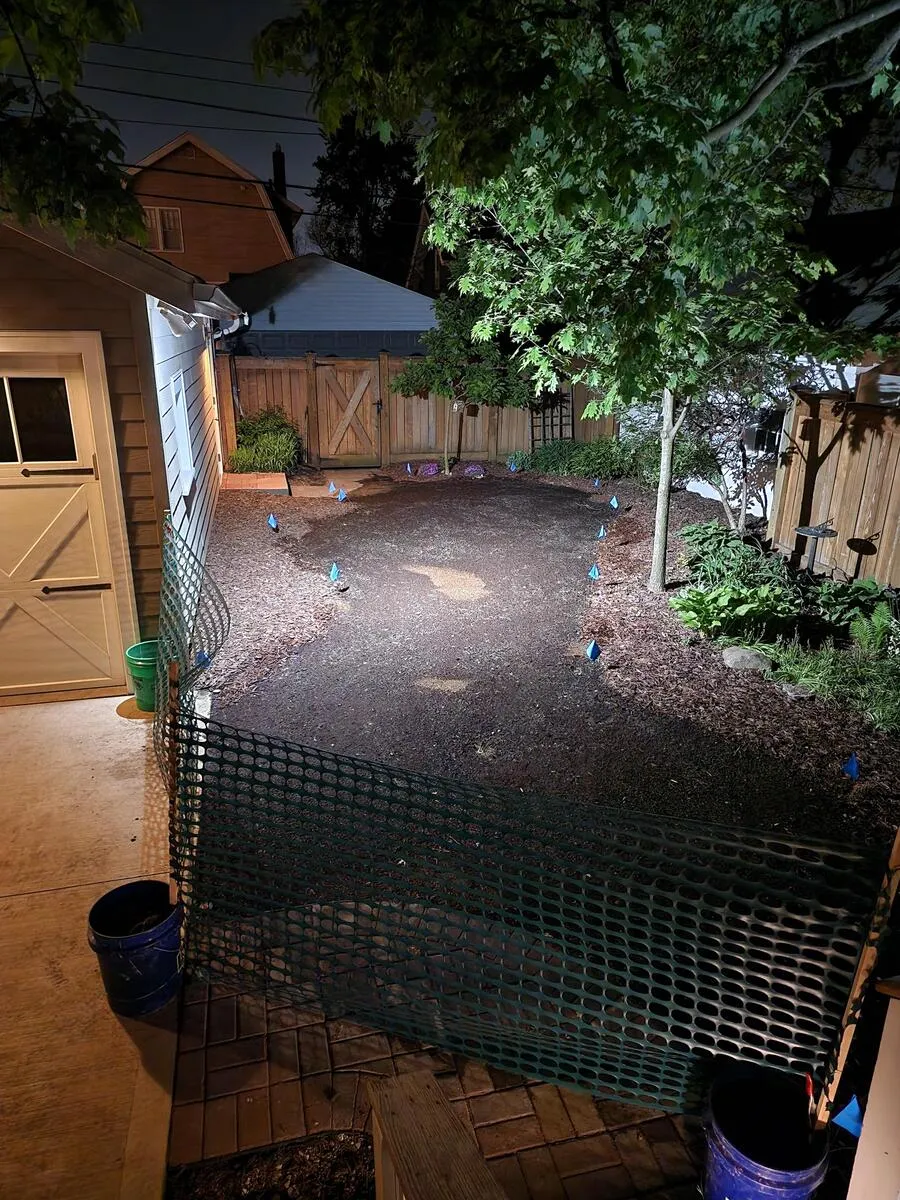 @jasonadvani/reddit.com
@jasonadvani/reddit.com
Invest in modern irrigation solutions such as drip systems and smart controllers. These technologies provide precise water delivery directly to plant roots and adjust watering schedules based on weather, soil moisture, and plant needs, optimizing water use and promoting healthier plants.
28. Choosing the Wrong Grass Varieties
Selecting the wrong grass type for your yard is like wearing winter boots in the summer—uncomfortable and impractical. Different grasses have specific needs for sunlight, water, and temperature. Opting for a grass type that doesn’t suit your local climate can lead to a patchy, unhealthy lawn that requires constant upkeep.
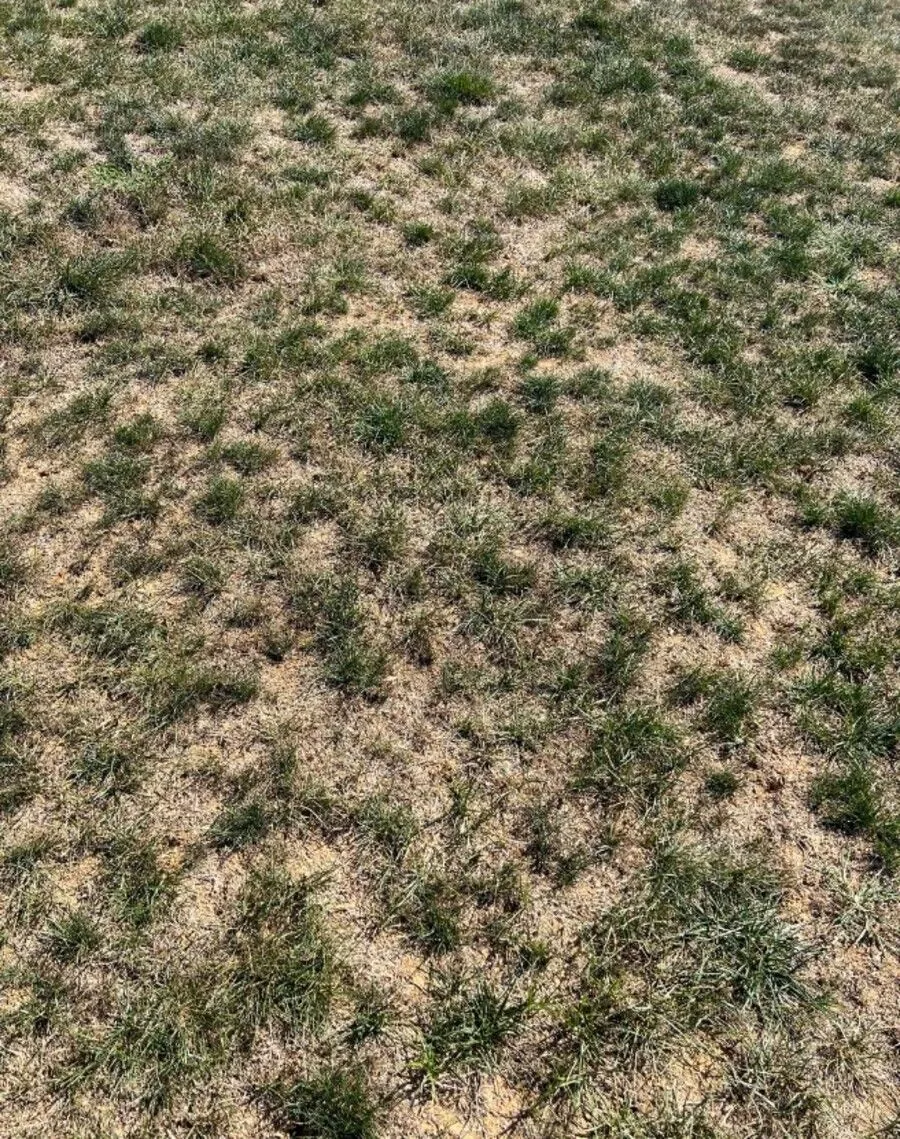 @chiefaspartame/reddit.com
@chiefaspartame/reddit.com
Cool-season grasses are ideal for cooler climates and need more water, while warm-season grasses are drought-tolerant and thrive in warmer temperatures. Understand your region’s climate and soil conditions to choose the right grass variety.
27. Misguided Hardscaping Decisions
Hardscaping elements like patios, walkways, and retaining walls form the structural foundation of your garden. However, misguided decisions in hardscaping can disrupt the flow and functionality of your outdoor space. Poorly positioned features can create awkward spaces, hinder movement, and even damage plant life.
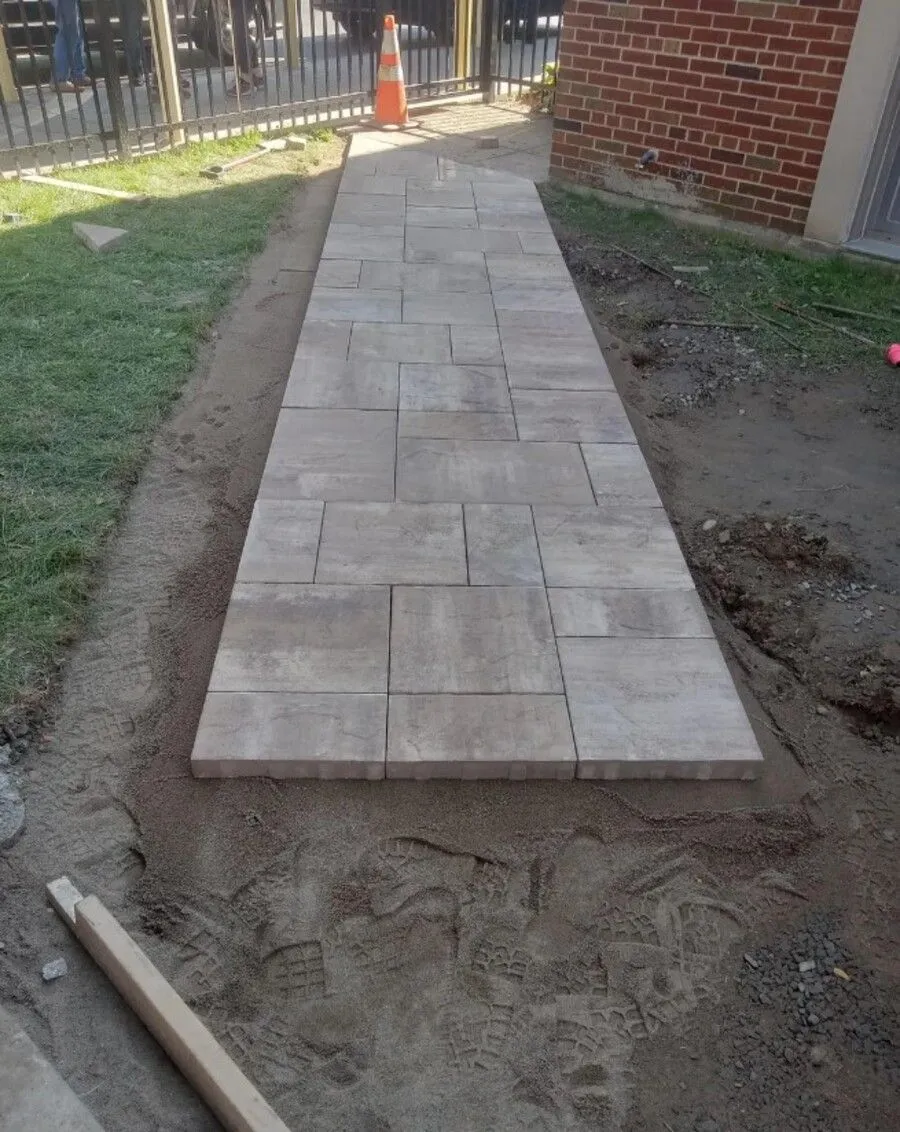 @Reasonable-Yak1935/reddit.com
@Reasonable-Yak1935/reddit.com
When planning your hardscaping, balance aesthetics with practicality. Choose materials that complement your home’s architecture and blend harmoniously with the natural environment. Effective hardscaping should enhance your yard’s usability, defining areas for relaxation, entertainment, and gardening.
26. Overlooking Future Plant Growth
Plants, much like teenagers, can outgrow their initial expectations rapidly. Neglecting to plan for their future growth can lead to a garden that becomes overcrowded and tangled, where plants compete for space, light, and nutrients. What begins as a neatly arranged garden can quickly devolve into a chaotic mess if there isn’t enough room for plants to mature properly.
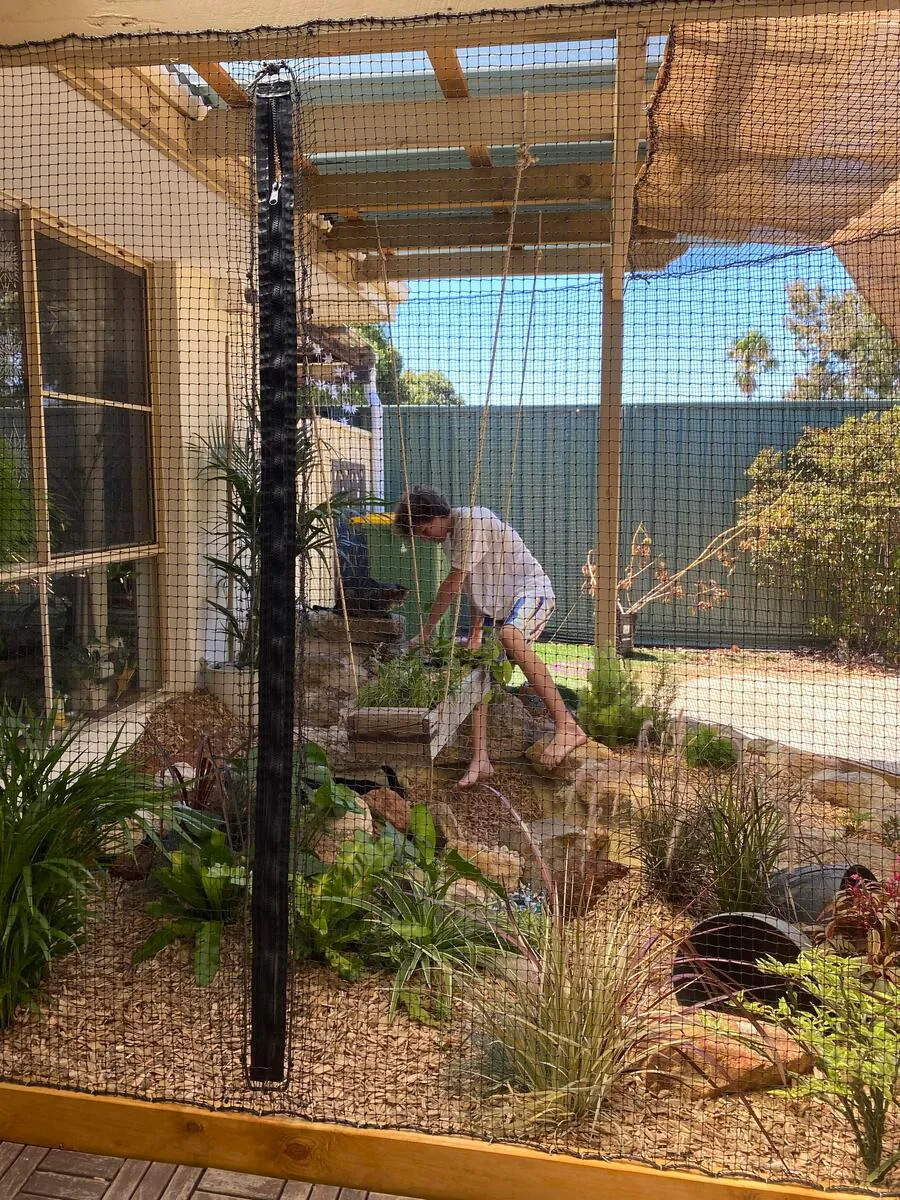 @EmptyMarbleCity/reddit.com
@EmptyMarbleCity/reddit.com
To avoid this, always factor in each plant’s mature size when designing your garden. Consider both height and spread, ensuring that plants have ample room to grow without crowding each other. Adequate spacing not only prevents overcrowding but also enhances air circulation, reducing the likelihood of disease and fostering healthier plant development.
25. Letting Weeds Take Over
Weeds are like uninvited guests who crash your garden party—persistent and hard to manage. Allowing them to take control can choke out desirable plants, deplete soil nutrients, and create an unsightly, unkempt appearance. Regular weeding is essential for keeping these intruders in check.
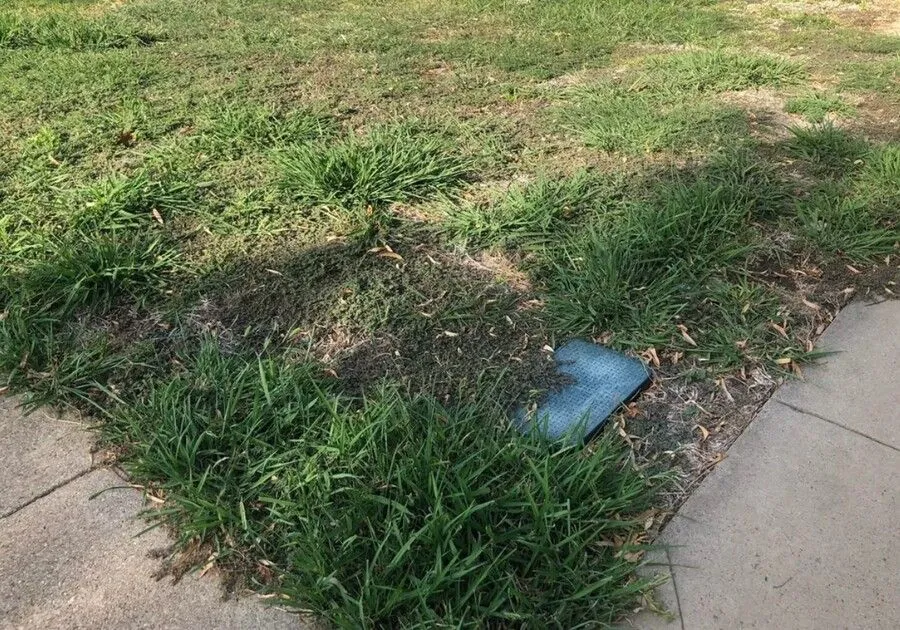 @SlashedAir/reddit.com
@SlashedAir/reddit.com
Employ strategies like mulching, proper plant spacing, and installing weed barriers to prevent their spread. Address weeds promptly before they have a chance to seed, minimizing their proliferation and maintaining a neat garden.
24. Clashing Aesthetic Elements
A well-designed yard should function like a harmonious symphony, where each element contributes to a cohesive whole. When aesthetic elements clash, it disrupts this harmony, leading to a visually jarring and disjointed space. Over-mixing styles, colors, or materials can overwhelm the senses and detract from the overall appeal.
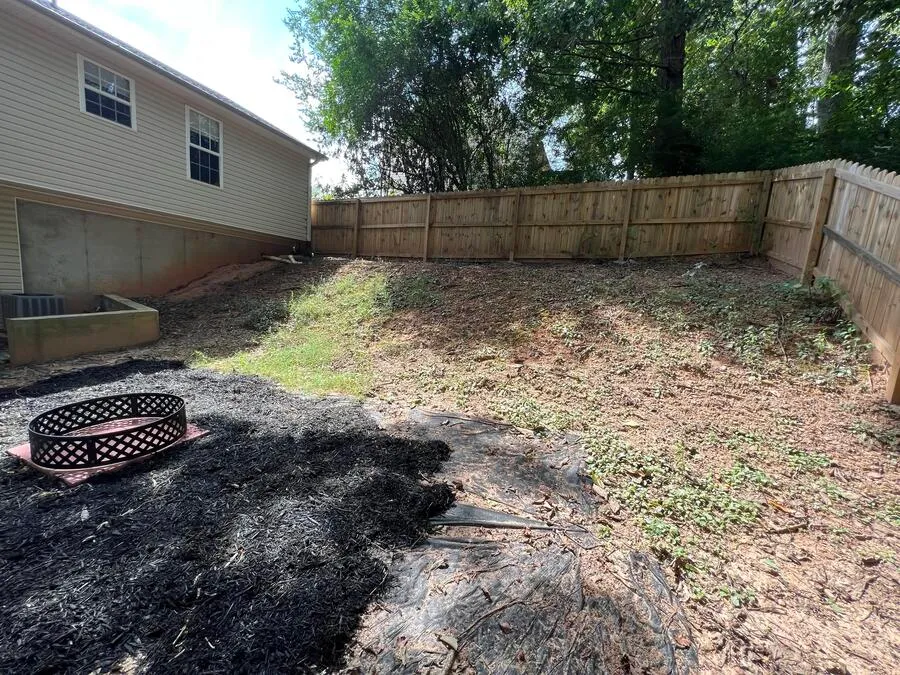 @CasenW/reddit.com
@CasenW/reddit.com
When planning your garden, choose a unified theme or style that complements your home’s architecture and the surrounding environment. Stick to a consistent color palette and material selection to achieve a cohesive look. Balance bold features with more subtle elements to keep visual interest without creating chaos.
23. Neglecting Privacy Needs
Your yard should be a sanctuary, a private retreat where you can relax and unwind without feeling exposed. Failing to address privacy needs can detract from the enjoyment of your outdoor space, leaving you feeling vulnerable to prying eyes.
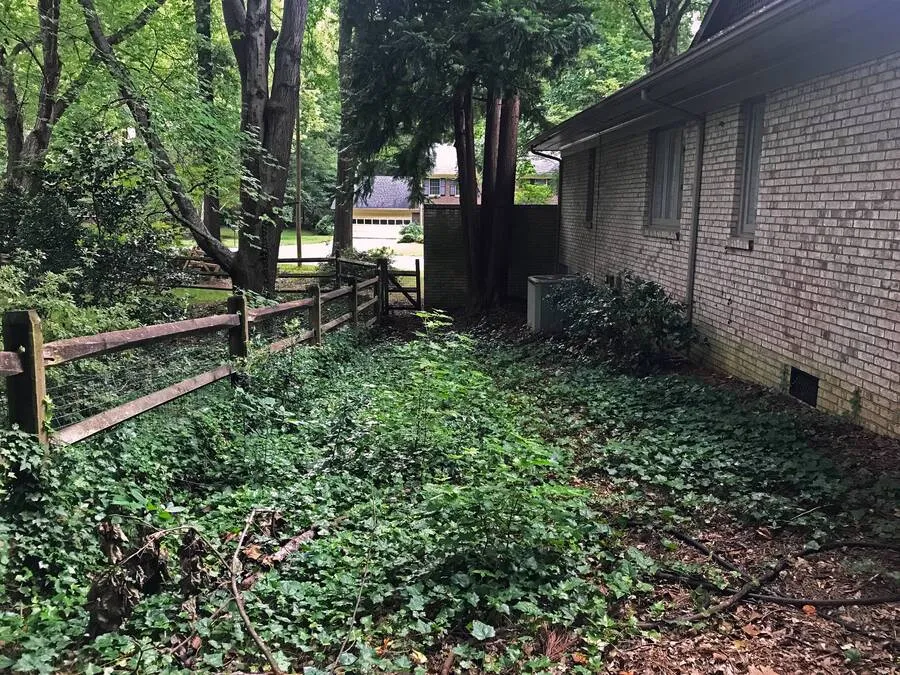 @imgur.com
@imgur.com
To create a secluded retreat, integrate elements such as hedges, fences, and privacy screens. Tall plants and trees can also provide natural barriers that add beauty while ensuring privacy. Plan your yard layout to maximize secluded areas for lounging, dining, or reading.
22. Ignoring Impact on Local Wildlife
Your yard is part of a broader ecosystem, and considering wildlife in your design can greatly enhance both your garden and the local environment. Overlooking wildlife needs can disrupt natural balance and miss out on opportunities to create a dynamic, thriving garden.
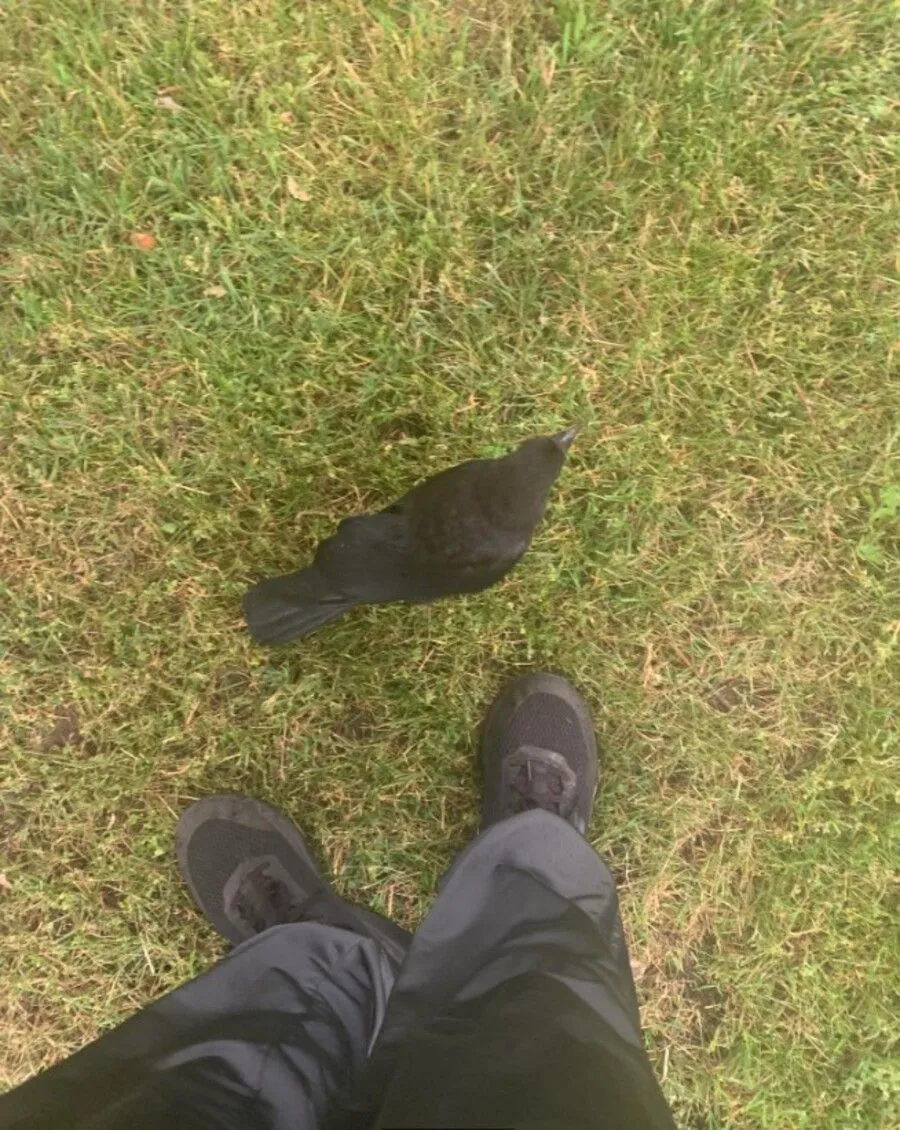 @T-CROC/reddit.com
@T-CROC/reddit.com
Incorporate features that attract beneficial insects and birds, such as native plants, bird feeders, bat houses, and butterfly gardens. These additions support local biodiversity and enrich your garden’s health and beauty. Avoid using harmful pesticides and chemicals that can harm beneficial wildlife and disrupt ecological balance.
21. How a Cluttered Yard Can Derail Your Space
Elegance often lies in simplicity. Overcomplicating your yard design can transform it into a cluttered, chaotic space where too many elements vie for attention. An overly busy garden can feel overwhelming, making it hard to relax and enjoy.
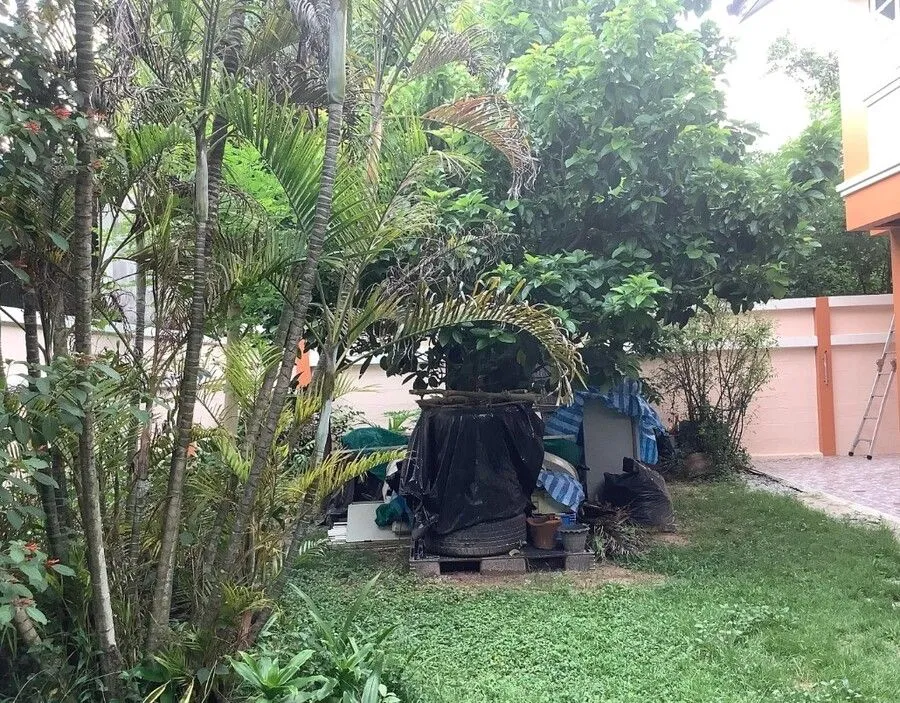 @IchBinEinDickerchen/reddit.com
@IchBinEinDickerchen/reddit.com
Prioritize functionality and aesthetics, ensuring that each element has a purpose and enhances the overall harmony of the space. A minimalist approach can create a serene, cohesive environment.
20. Placing Hazardous Objects Among Flowers
Installing sharp or dangerous structures, like metal stakes or garden decorations, amidst your flowers can lead to accidents.
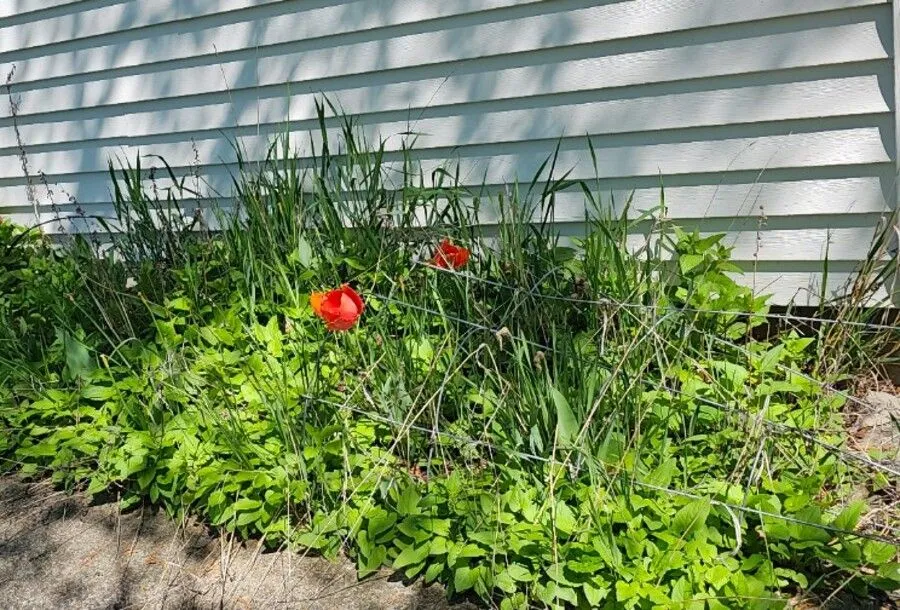 @Hanabalulu/reddit.com
@Hanabalulu/reddit.com
People can easily get hurt, and delicate blooms can be damaged. Opt for safer, decorative solutions that enhance your garden without risking injury.
19. Disregarding Erosion Control Procedures
Soil erosion is a stealthy foe that can wreak havoc on your yard’s health and stability. When ignored, it leads to nutrient loss, poor plant growth, and potential structural damage. Erosion strips away the vital topsoil, leaving barren ground that’s far from ideal for plant life.
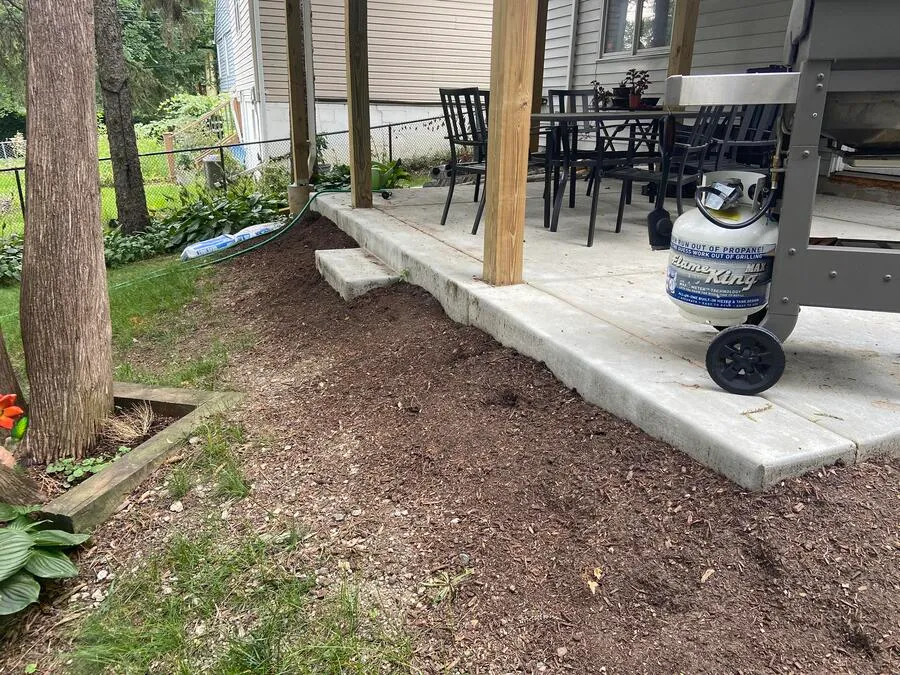 @ADLavinsky/reddit.com
@ADLavinsky/reddit.com
To tackle erosion, plant ground covers, shrubs, and trees that anchor the soil with their roots. Implement terraces, retaining walls, and erosion control fabrics on slopes to manage runoff. Mulching and maintaining healthy vegetation cover also play crucial roles.
18. Ill-Chosen Exterior Lighting
Outdoor lighting can turn your yard into a nighttime oasis but poor choices can create harsh, uninviting spaces or leave areas inadequately lit. Bright lights might overpower your garden’s natural charm, while dim lighting can leave areas in unsafe darkness.
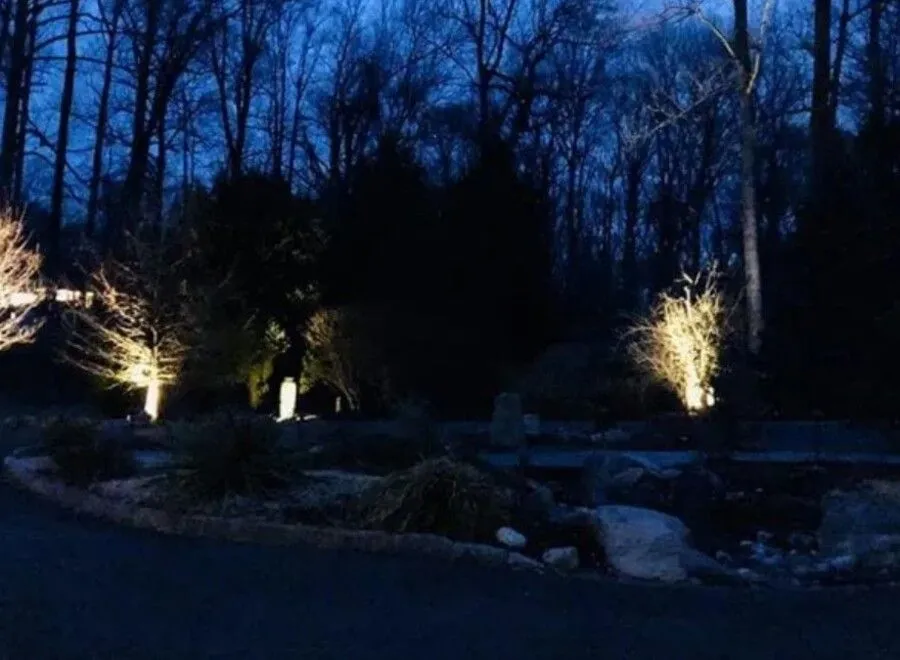 @ premierpond.com
@ premierpond.com
Choose lighting that enhances ambiance while ensuring visibility. Combine task lighting for pathways, ambient lighting for general areas, and accent lighting for highlights like trees or water features.
17. Absence of Seasonal Planting Interest
A garden that shines in one season but fades in others misses out on its full potential. Without seasonal interest, your yard may be vibrant in spring but dull during other times. To keep your garden appealing year-round, include plants that offer interest in every season.

@Lost_Controll/reddit.com
Incorporate a mix of spring bulbs, summer perennials, autumn foliage, and winter evergreens. Choose trees and shrubs with colorful bark, berries, or unique forms to maintain visual interest year-round. Layering plants of different heights and textures adds depth and continuous appeal.
16. Neglecting Future Growth of Plants
Planting tiny saplings and shrubs without considering their mature size is like bringing home a puppy without realizing it will eventually grow into a large dog. Neglecting to account for the full-grown dimensions of plants can lead to overcrowding, where plants compete for space, light, and nutrients. This can result in poor air circulation, unhealthy growth, and an untidy appearance.
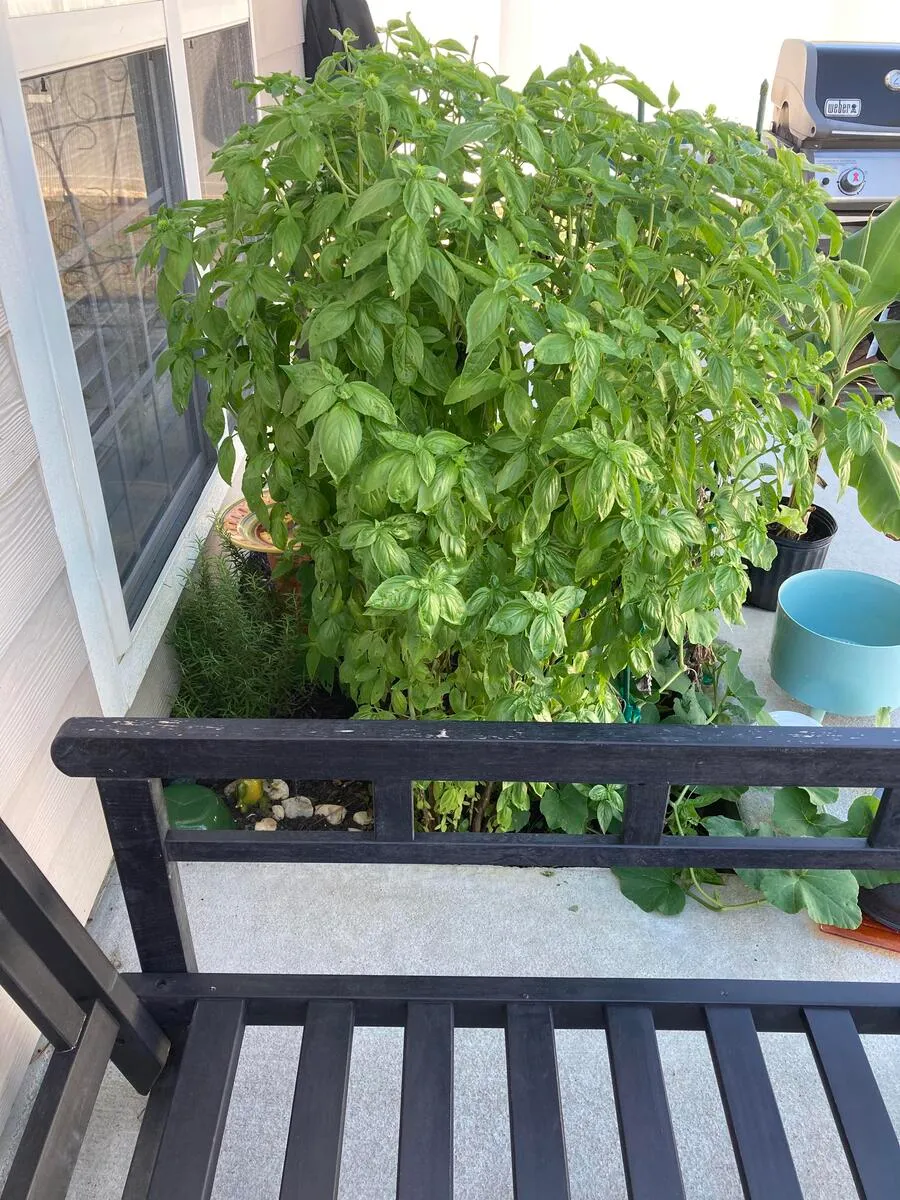 @memento_mori_1220/reddit.com
@memento_mori_1220/reddit.com
When selecting plants, always consider their future size—height, width, and root spread. Allow adequate space for each plant to reach its full potential to prevent overcrowding and reduce the need for frequent pruning or transplanting.
15. Ignoring Accessibility Features in Garden Design
A garden should be a haven for everyone, including those with mobility challenges. Neglecting accessibility can restrict who can fully enjoy your outdoor space. Narrow pathways, uneven surfaces, and steep steps can pose significant barriers for elderly visitors or individuals with disabilities.
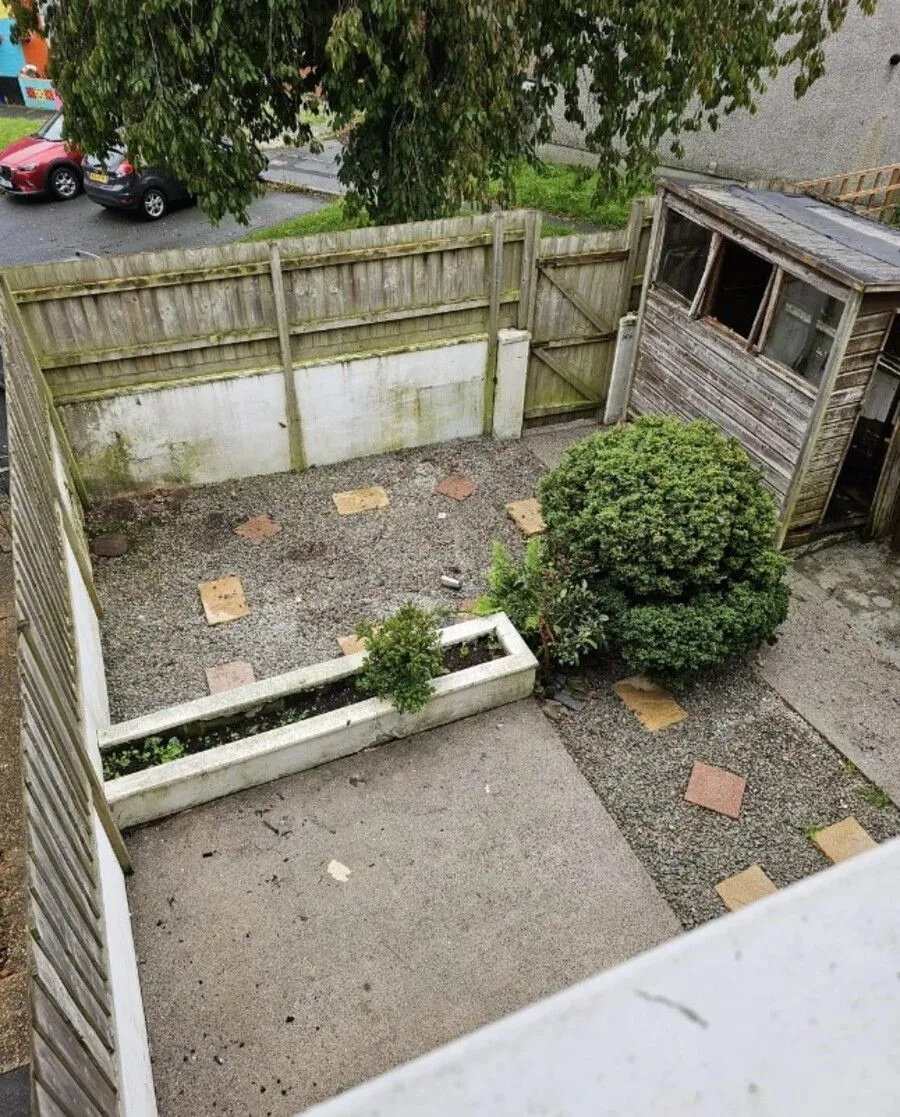
@In_sanity1/reddit.com
Incorporate wide, smooth paths for wheelchairs and strollers, opt for ramps over stairs where possible, and ensure seating areas are easily reachable. Raised garden beds can also make gardening easier for those who find bending or kneeling difficult.
14. Choosing the Wrong Type of Fencing
Fencing serves multiple purposes—privacy, security, and aesthetic appeal. Opting for unsuitable fencing can detract from your garden’s functionality and overall look. Fences that are too tall, too short, or made from inappropriate materials can clash with your garden’s design and fail to meet your needs.
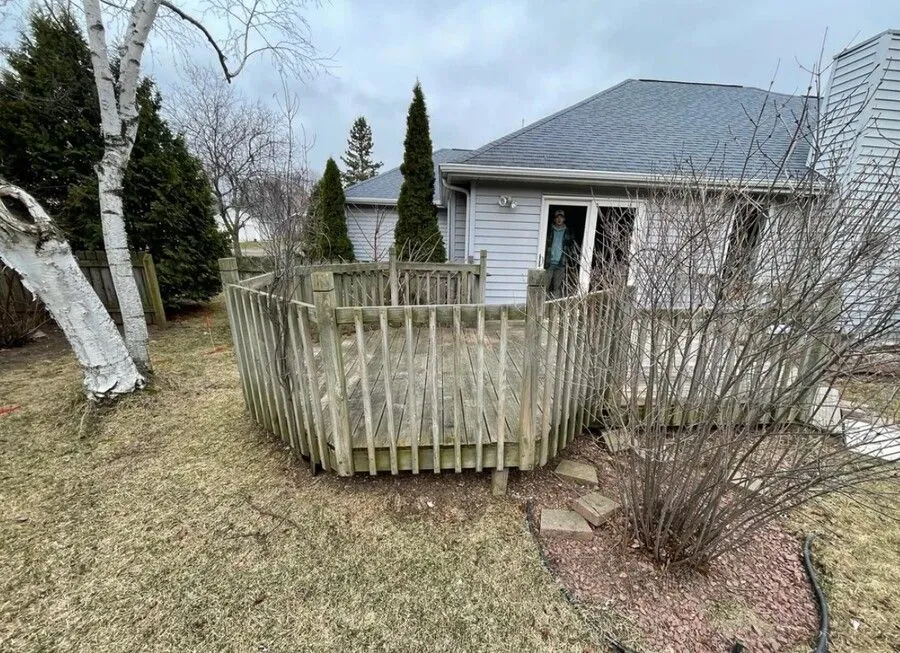
@delabrew11/reddit.com
Choose fencing based on its intended function. For privacy, go for taller, solid options. For decorative purposes, select materials and styles that complement your garden’s theme. Durable materials like wood, vinyl, or metal offer both longevity and low maintenance.
13. Overplanting and Its Consequences
In the excitement of garden design, it's easy to overplant and end up with a crowded, chaotic space. Excessive planting can lead to competition for resources, resulting in stunted growth, poor air circulation, and increased susceptibility to pests and diseases.
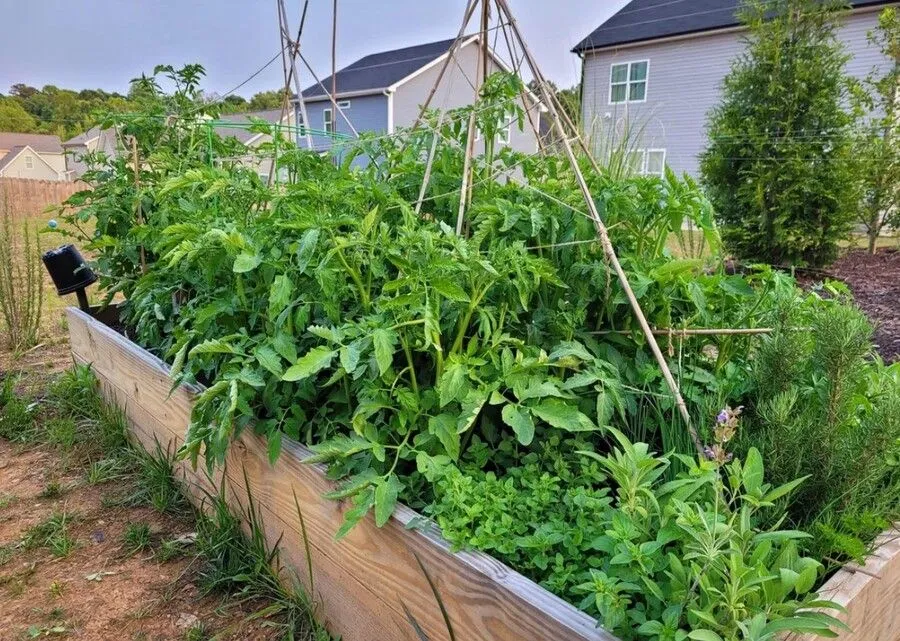
@showersareevil/reddit.com
Focus on a balanced plant selection, ensuring each species has ample room to thrive. Utilize negative space to create a more organized and visually appealing layout.
12. Failing to Include Functional Areas
A garden that looks beautiful but lacks functionality can quickly become impractical. Omitting functional areas in your design can limit how you use and enjoy your outdoor space. Think about the activities you want to accommodate: dining, playing, gardening, or relaxing.
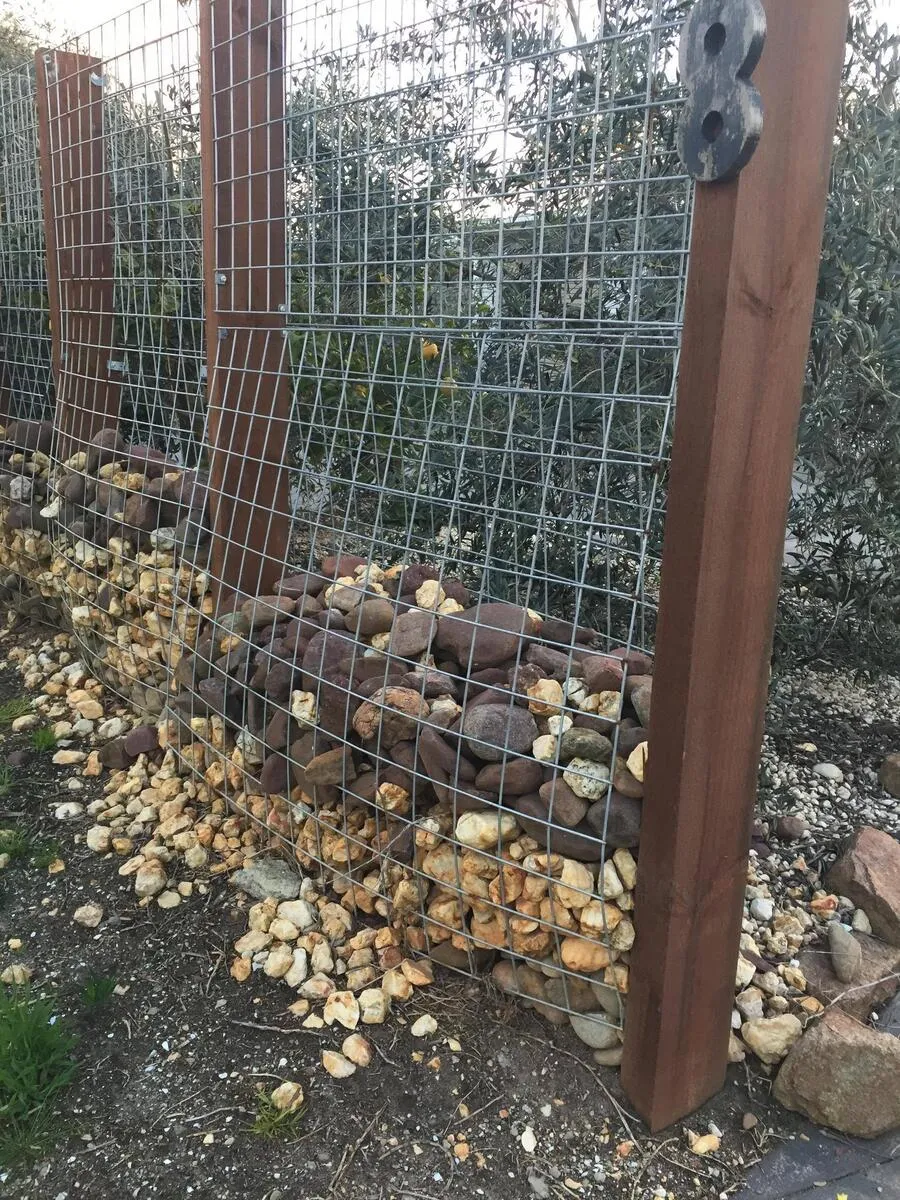 @dvnjay/reddit.com
@dvnjay/reddit.com
Ensure each area is accessible and suited to its intended use. Combining aesthetics with functionality creates a garden that is both beautiful and practical, enhancing your outdoor living experience and adding value to your space.
11. Choosing Plants That Visually Conflict
Visual harmony is essential for an attractive garden design. Choosing plants that clash in color, texture, or form can disrupt the overall aesthetic and create a jarring appearance. A mismatched plant selection can make your garden feel chaotic rather than serene.
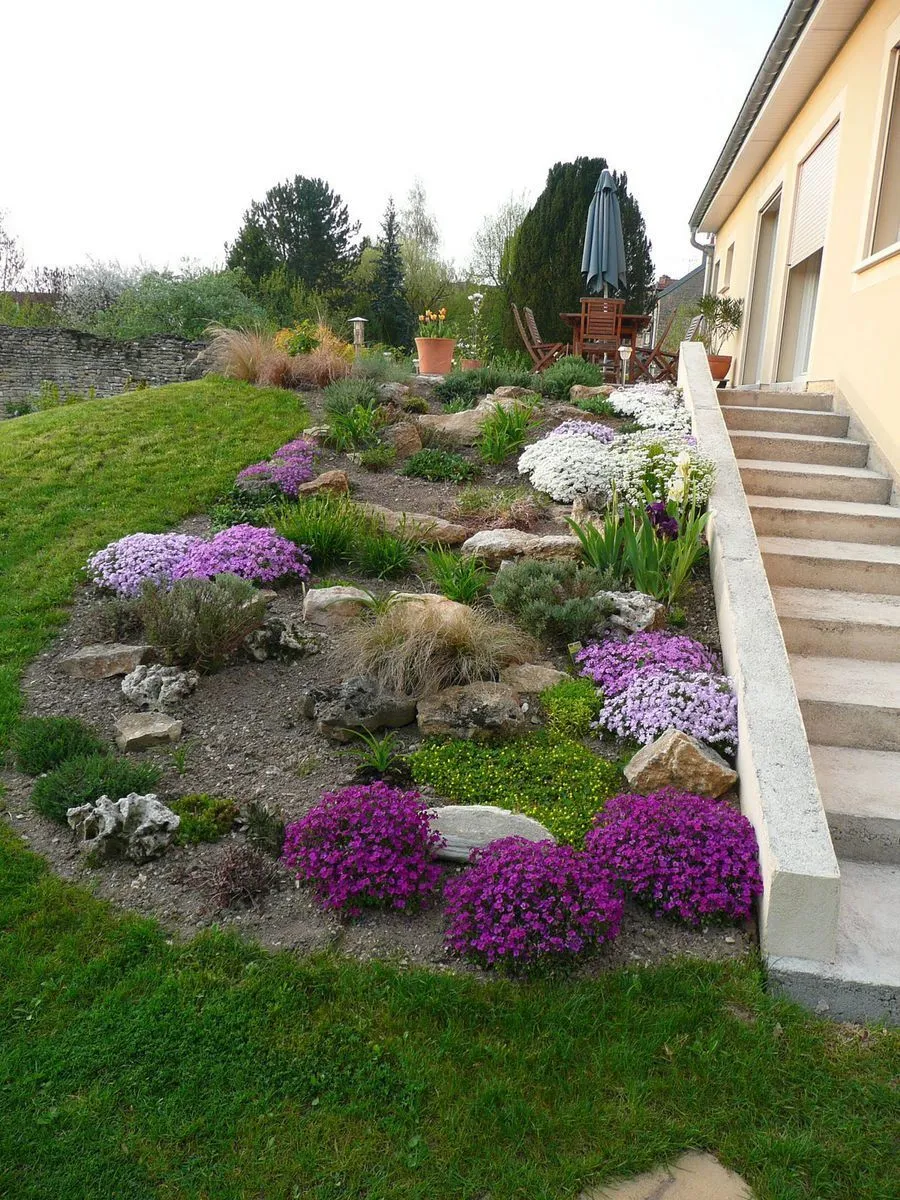
@linda/reddit.com
Opt for a cohesive color palette that complements your home and other garden elements. Pay attention to plant textures and shapes to ensure they work well together. For instance, pairing bold, structural plants with softer, flowing ones can create a balanced and dynamic look.
10. Incoherent Design Flow
Think of your garden as a symphony, where every element should harmoniously blend into the next. When the design flow is disrupted, your garden may come across as fragmented and hard to navigate. Elements that don't connect smoothly or follow a logical path can cause confusion and detract from the overall experience.
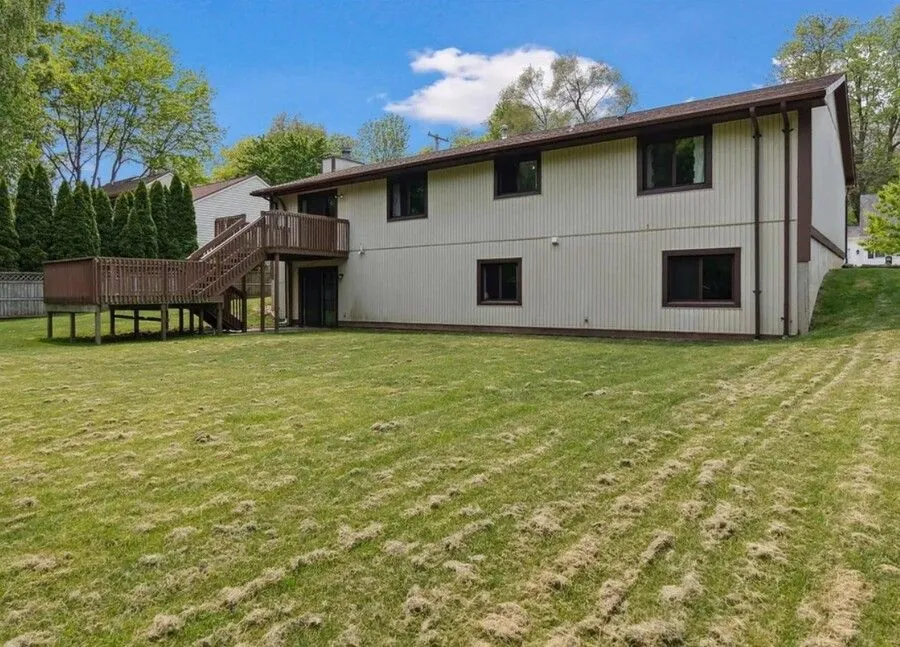 @Trying-sanity/reddit.com
@Trying-sanity/reddit.com
To achieve a seamless flow, carefully plan how different areas transition from one to another. Use pathways, strategic plantings, and focal points to guide both the eye and movement through the space. Ensure that each section transitions naturally into the next, creating a cohesive journey through your garden.
9. Ignoring the Features' Proportionate Scale
Gardens are ever-evolving spaces that require regular maintenance. If you overlook the upkeep needs when planning your garden, you may face overwhelming tasks and a neglected appearance. Features like high-maintenance plants, complex lawns, or elaborate water installations can become burdensome if not properly managed.
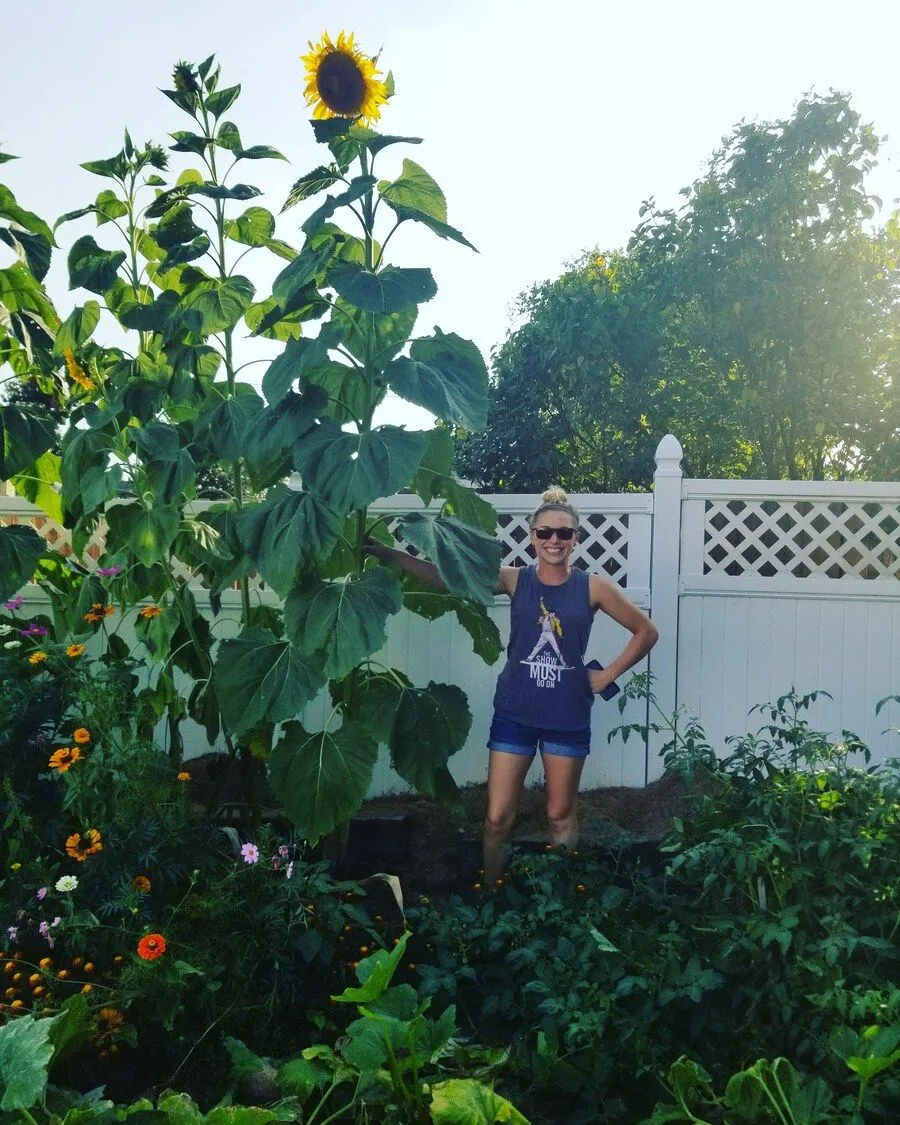 @Court0831/reddit.com
@Court0831/reddit.com
Choose plants and features that align with your maintenance preferences. If you favor a low-maintenance approach, opt for hardy varieties. Consider automated irrigation and lighting systems to minimize daily upkeep.
8. Lack Of Plans for the Future of Your Plants and Yard
When designing your yard, it’s crucial to think ahead. Trees and large plants can grow significantly over time, potentially encroaching on structures like light fixtures or fences.
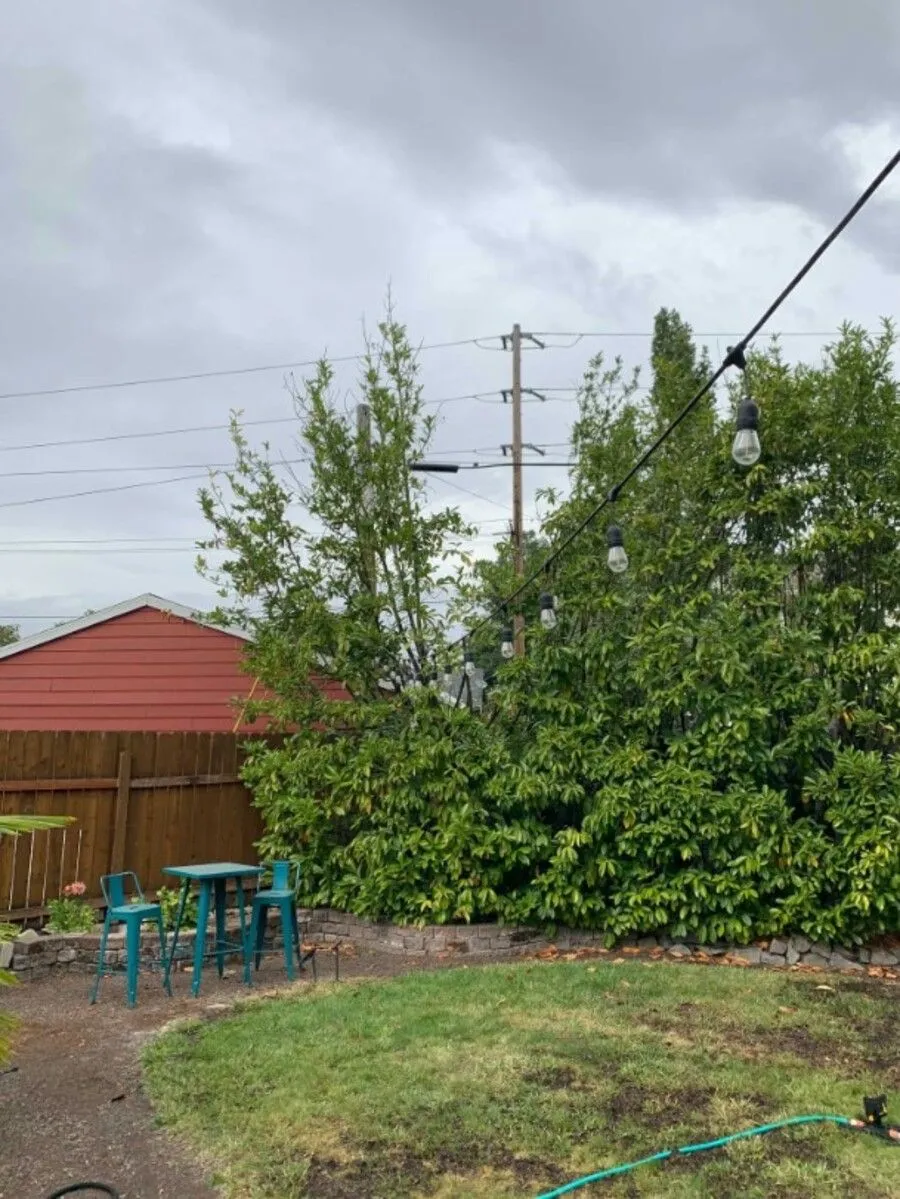 @andiface/reddit.com
@andiface/reddit.com
Imagine planting a sapling near a light post, only to find that years later, its branches interfere with the light or even damage the fixture. To avoid these issues, carefully consider the mature size of your plants and their placement in relation to existing structures. A little foresight can save you from future headaches and ensure that your yard evolves into the beautiful space you envisioned.
7. Forgetting The Cost of Skimping on Quality Materials
Choosing cheaper materials for yard renovations might seem like a smart way to save money now but it often leads to greater costs in the long run. Low-quality materials can deteriorate quickly, leaving you with a yard that looks worn and shabby far sooner than you’d hoped.
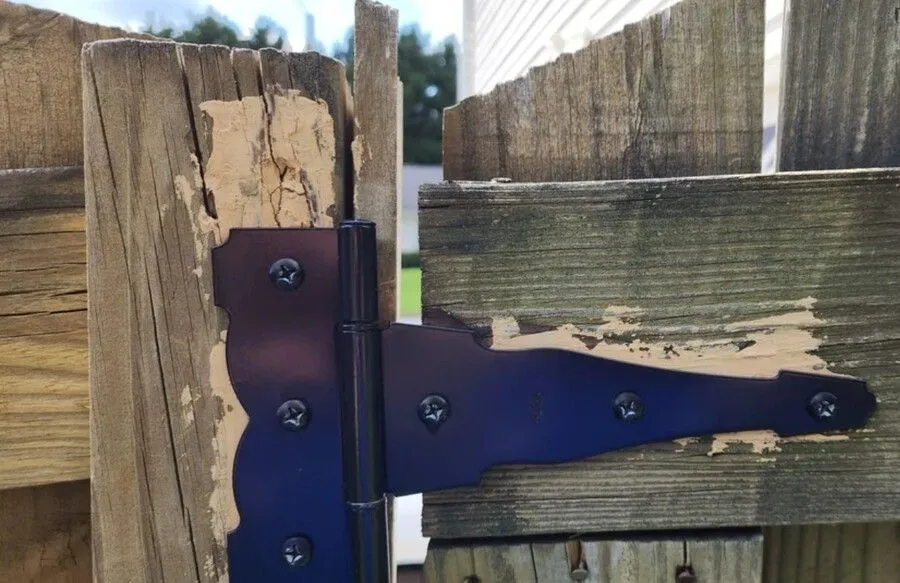 @byrdthetyrd/reddit.com
@byrdthetyrd/reddit.com
Investing in higher-quality materials may stretch your budget initially but it pays off by ensuring durability and a polished appearance. Skimping today might mean more frequent repairs and replacements tomorrow, leaving your yard in a constant state of disrepair.
6. Neglecting a Cohesive Color Scheme
When it comes to designing your yard, a cohesive color scheme is more than just an aesthetic choice—it's a game-changer. Ignoring this crucial element can lead to a chaotic and disjointed outdoor space that feels more like a patchwork quilt than a harmonious retreat.
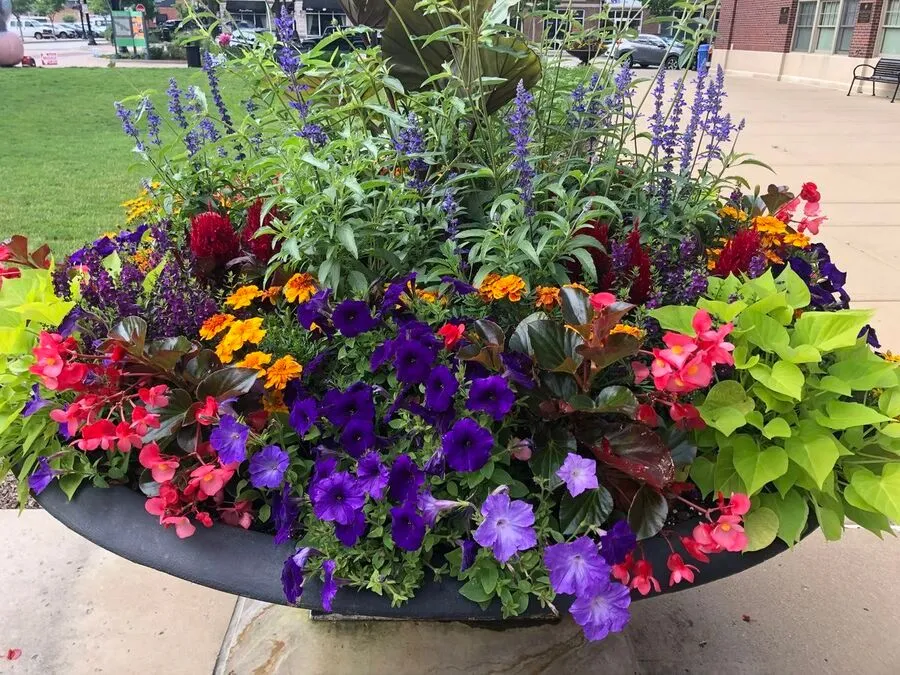 @sandy/reddit.com
@sandy/reddit.com
Without a unified color palette, your yard can end up with clashing flowers, mismatched furniture, and random decor that doesn’t complement each other. Imagine a vibrant red bench sitting next to a bright blue planter and a neon green lawn ornament. It’s a visual jumble that can be overwhelming and aesthetically unappealing.
5. Planting Trees Too Close to Your Home
Planting trees too close to your house can lead to unwanted complications as they mature. Overgrown branches may encroach upon windows or even the roof, causing potential damage and obstructing natural light.
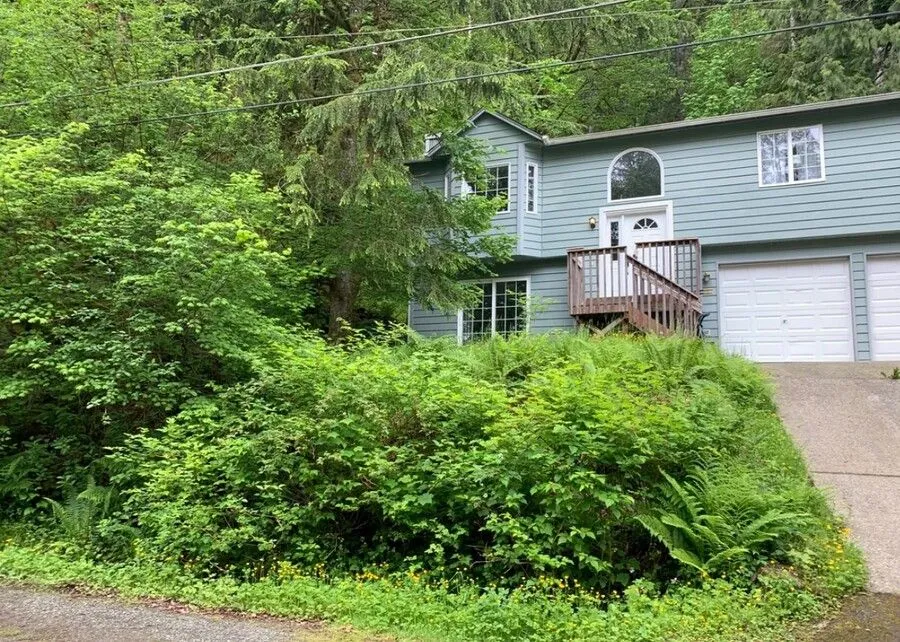 @flagxship556/reddit.com
@flagxship556/reddit.com
For a trouble-free experience, choose a planting location that allows your trees ample space to grow without interfering with your home. A bit of planning now ensures that your trees can flourish while keeping your home safe and maintaining a clear view from your windows.
4. Ignoring Waterlogged Ground
Turning your yard into a swamp by overwatering or poor drainage is a major faux pas. Plants can drown in soggy soil, and it can lead to unsightly puddles and mosquitos.
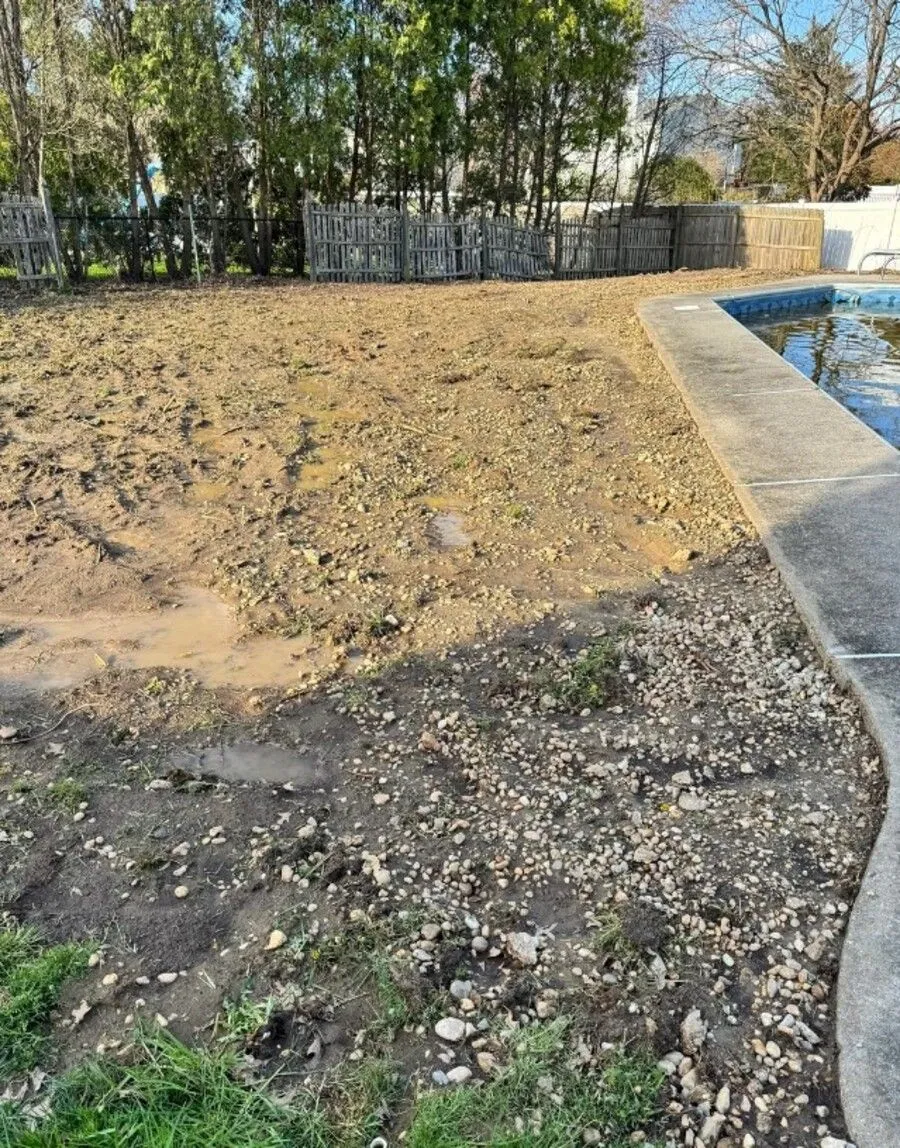 @viperguy212/reddit.com
@viperguy212/reddit.com
Ensuring proper drainage and choosing appropriate plants can prevent this mess.
3. Neglecting Dead or Diseased Trees
Failing to remove sick or dead trees not only detracts from your yard's aesthetic but also poses safety risks.
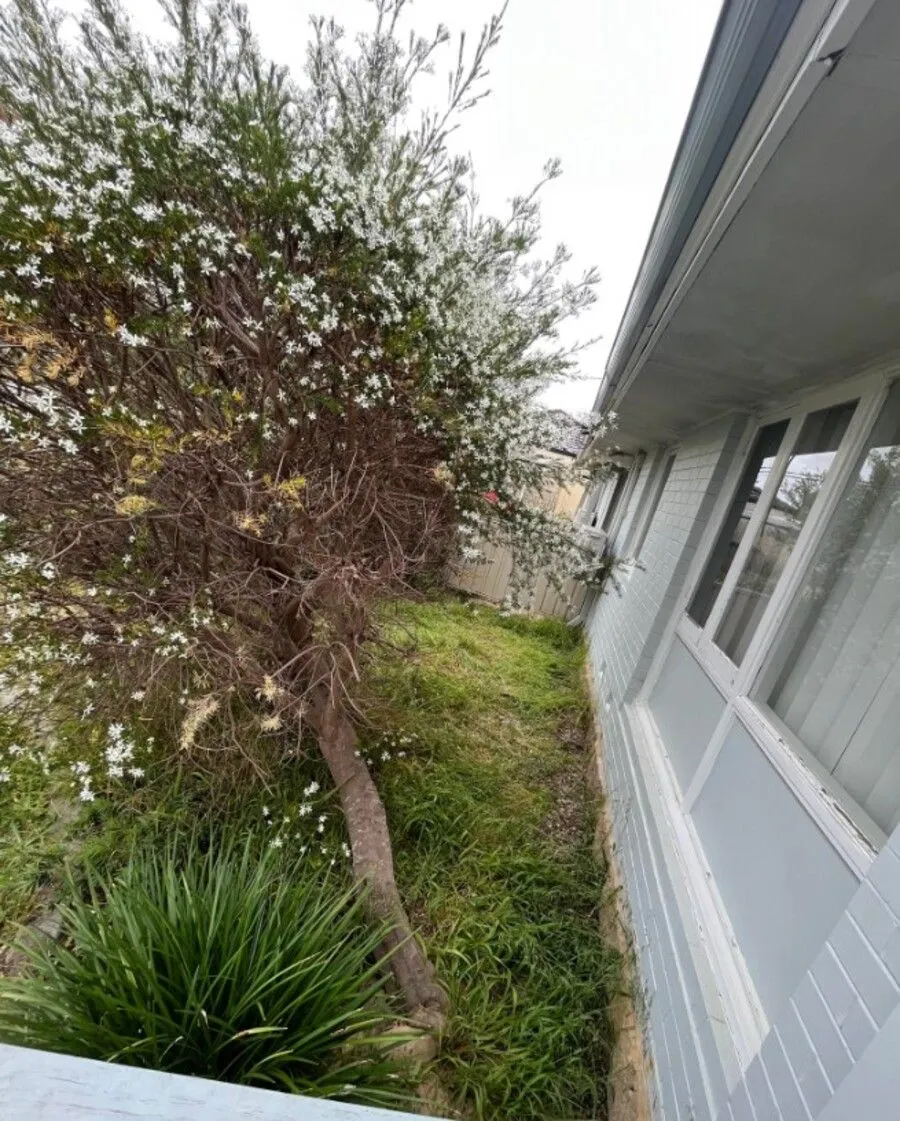 @TJtheDJ007/reddit.com
@TJtheDJ007/reddit.com
Diseased trees can spread infections, while dead branches can fall and cause damage. Regular pruning and timely removal are key to a healthy, attractive yard.
2. Forgetting That Plants Need Regular Care
Watering practices can significantly influence your garden’s health. Overwatering can suffocate plants and encourage root rot, while underwatering can lead to dehydration and weak growth. Both extremes stress plants and diminish their beauty.
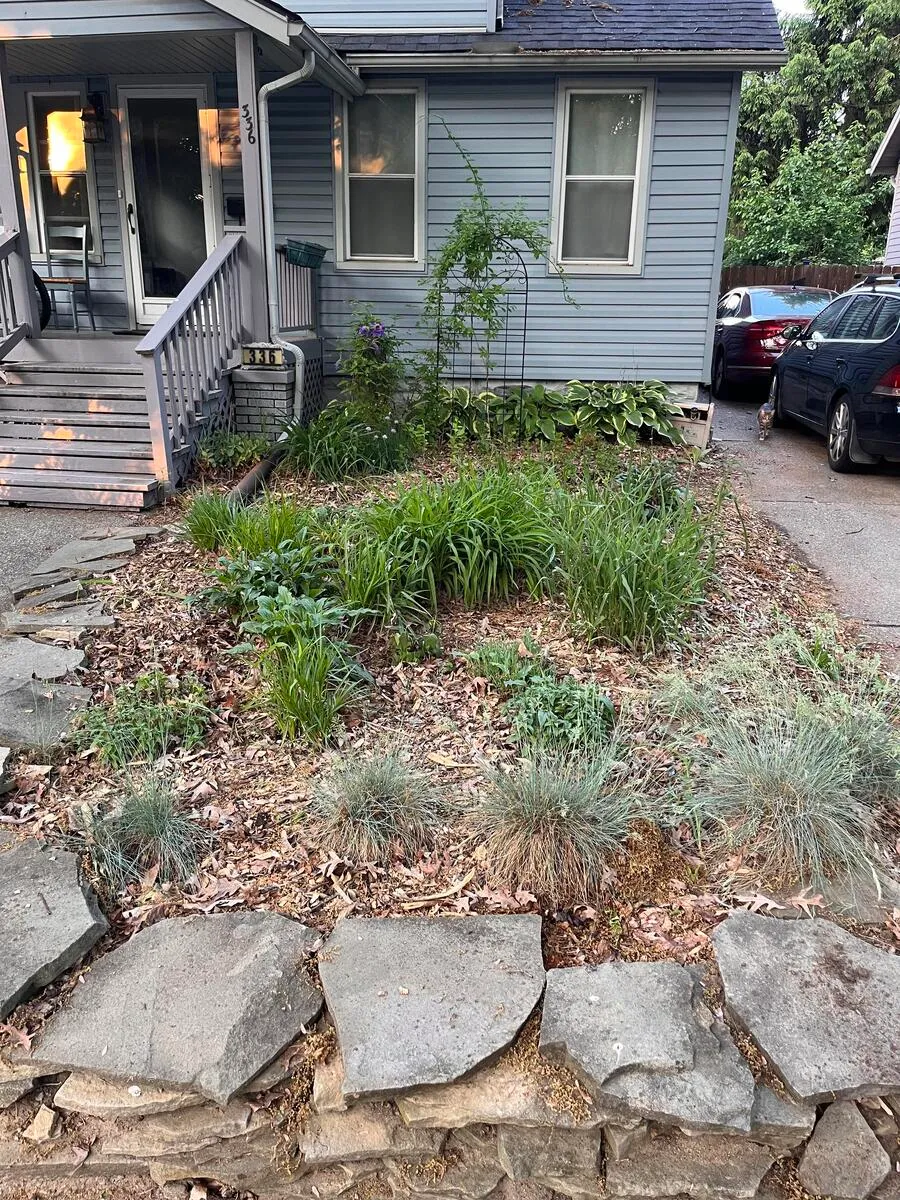 @Meadowlark-Park/reddit.com
@Meadowlark-Park/reddit.com
Employ techniques like drip irrigation or soaker hoses to deliver water directly to the roots, reducing waste. Regularly check soil moisture and adjust watering according to weather conditions.
1. Giving Trends More Weight Than Timeless Design
The biggest misstep in garden design is neglecting a cohesive vision. A garden without a unified design can feel fragmented, with mismatched elements that fail to complement each other.
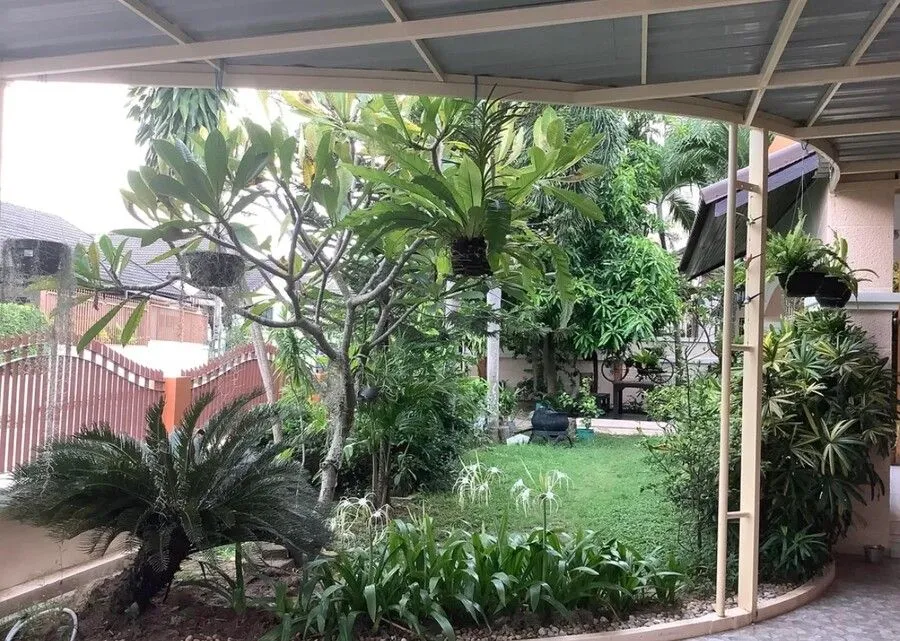 @IchBinEinDickerchen/reddit.com
@IchBinEinDickerchen/reddit.com
Begin with a clear plan that includes a consistent theme, color scheme, and style. Consider how each element—plants, hardscaping, and furniture—fits into the overall design. Strive for balance and harmony, ensuring every part of your garden contributes to a unified and aesthetically pleasing whole.